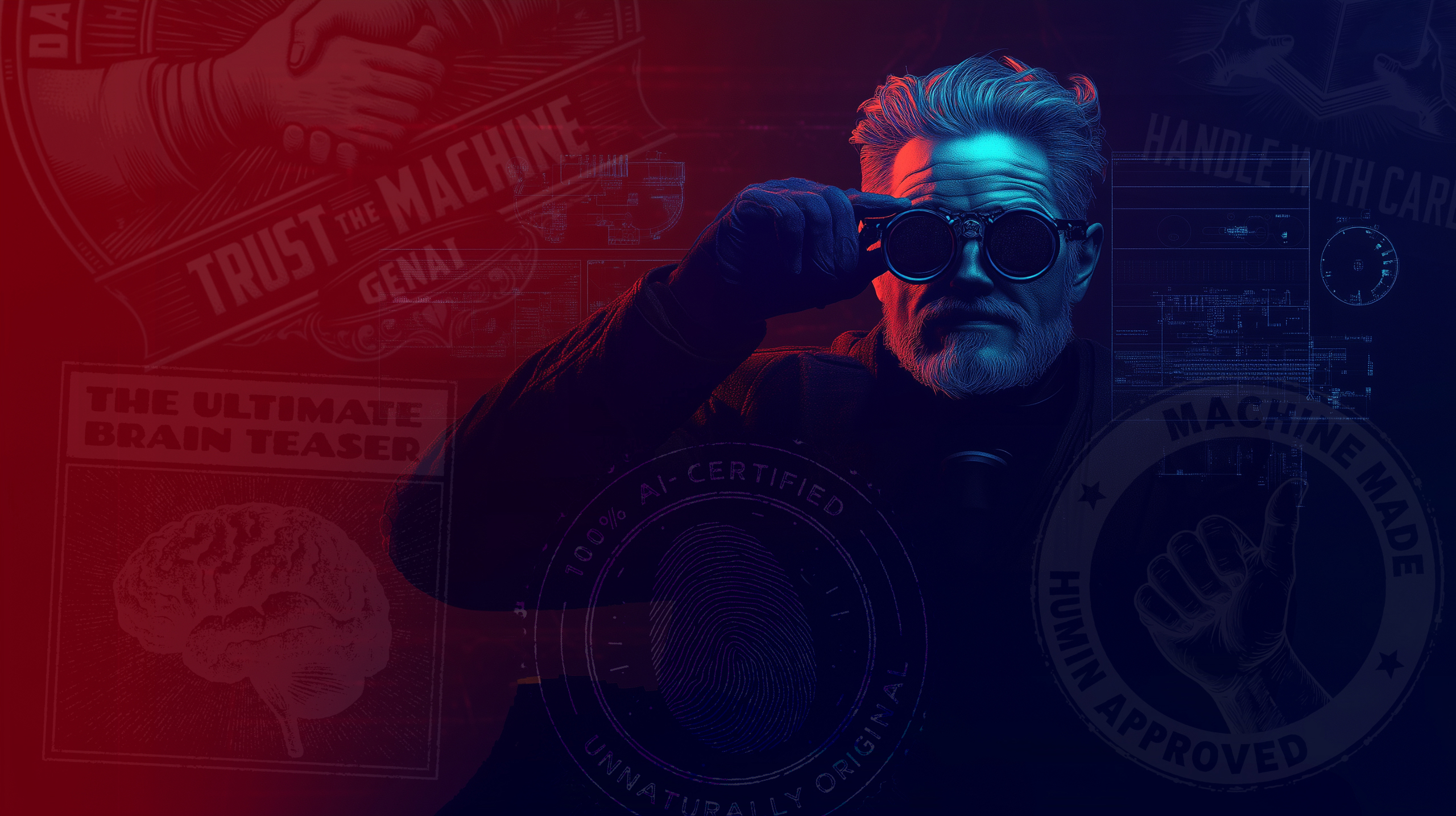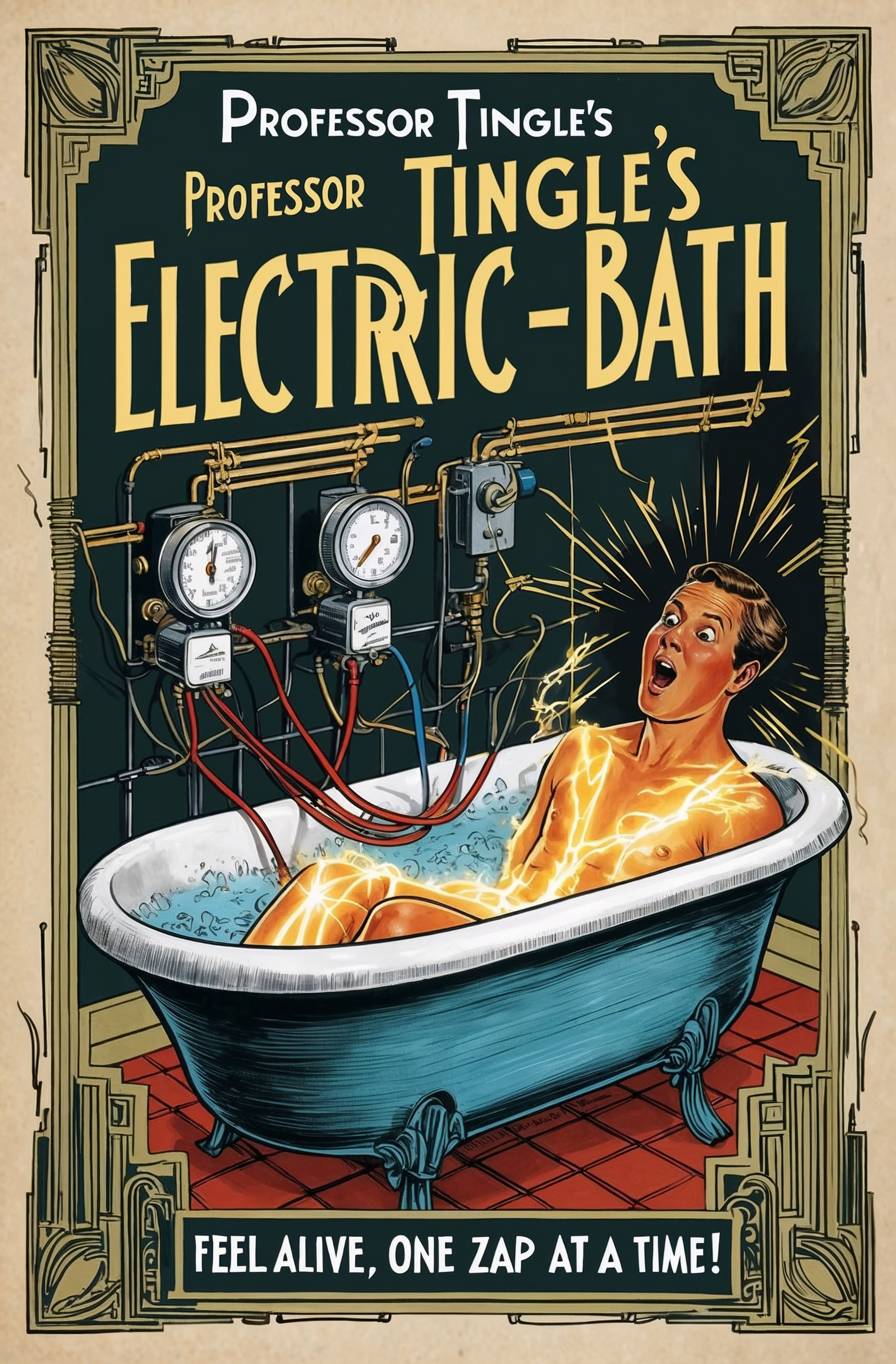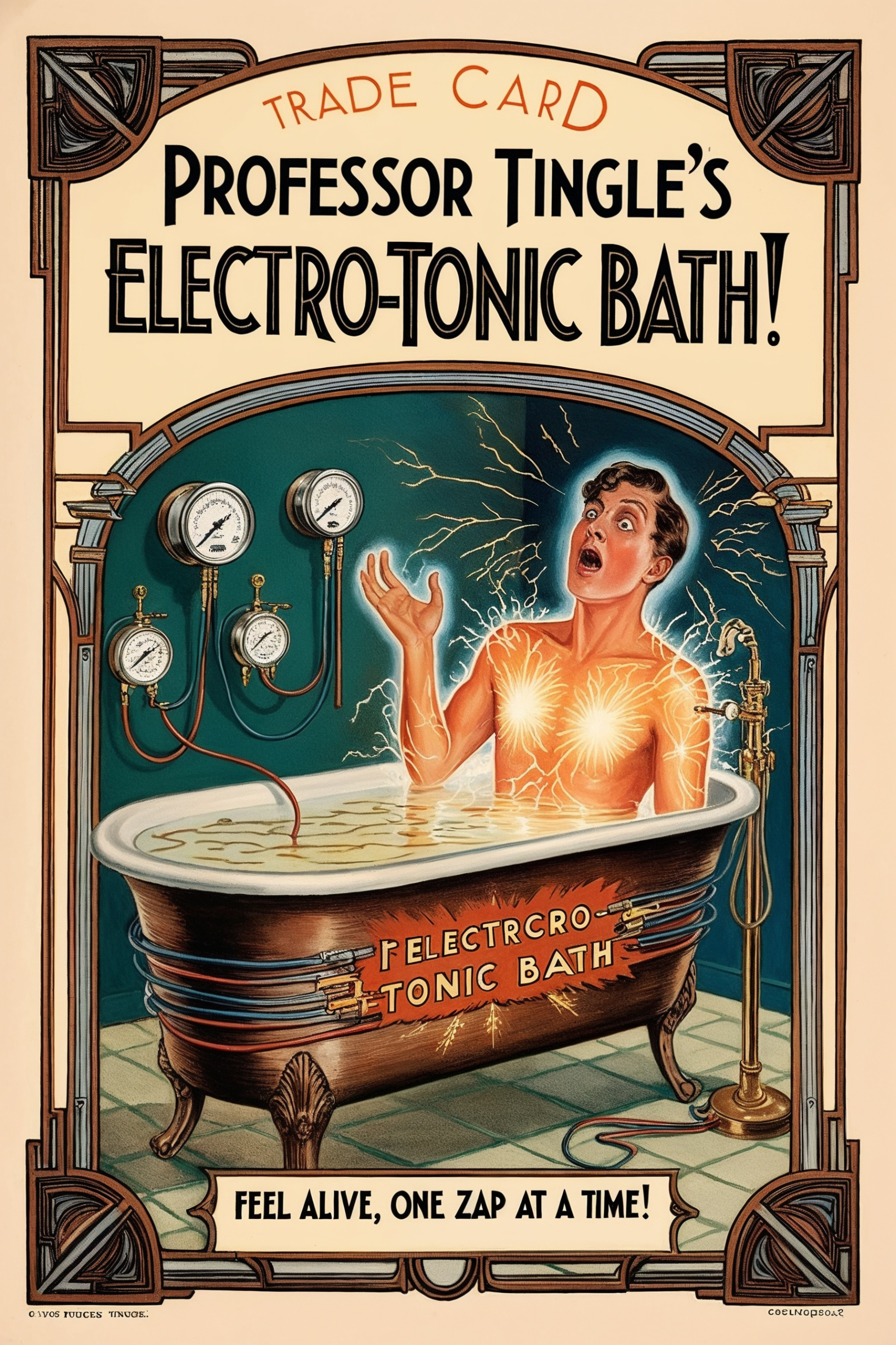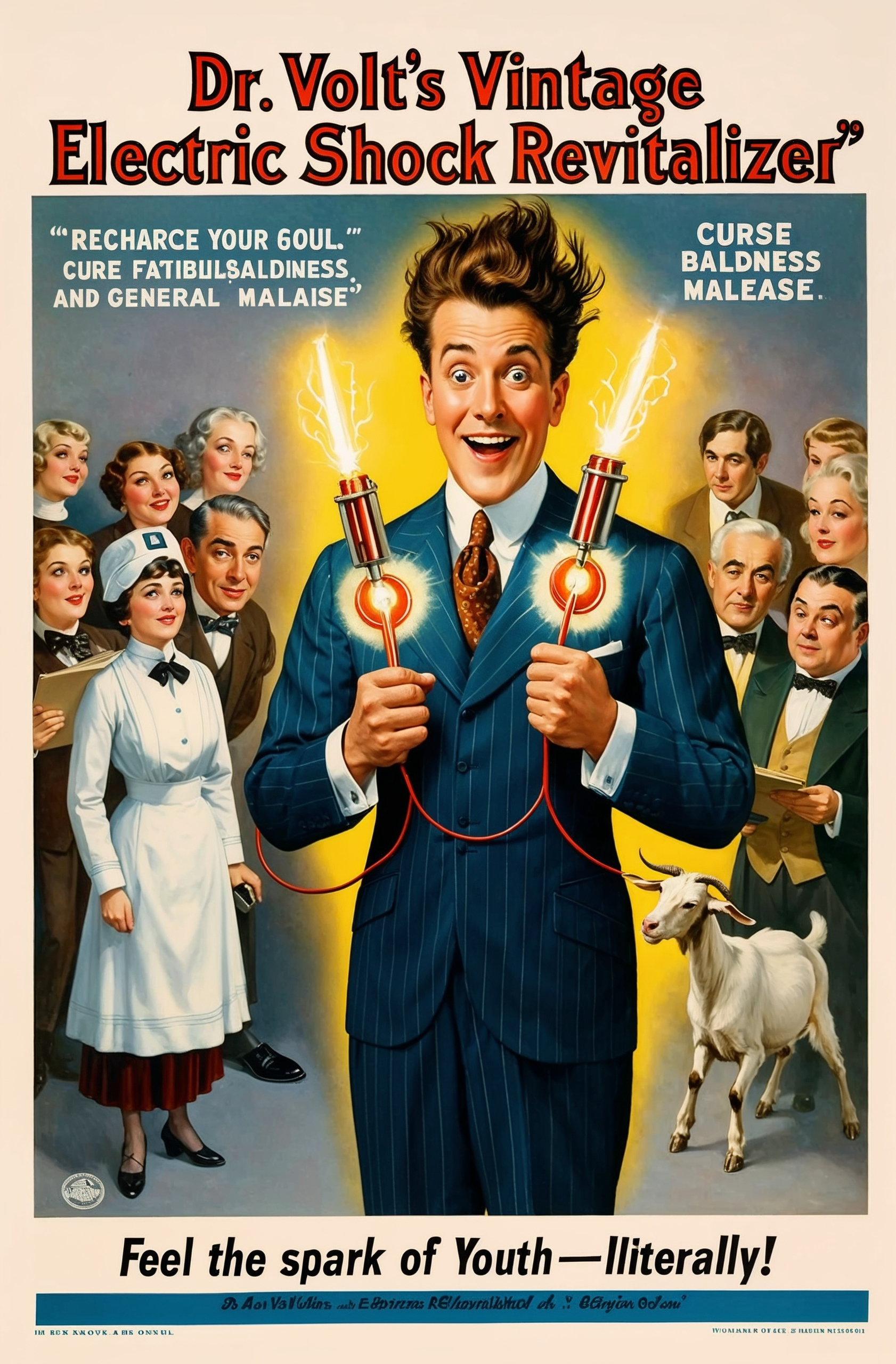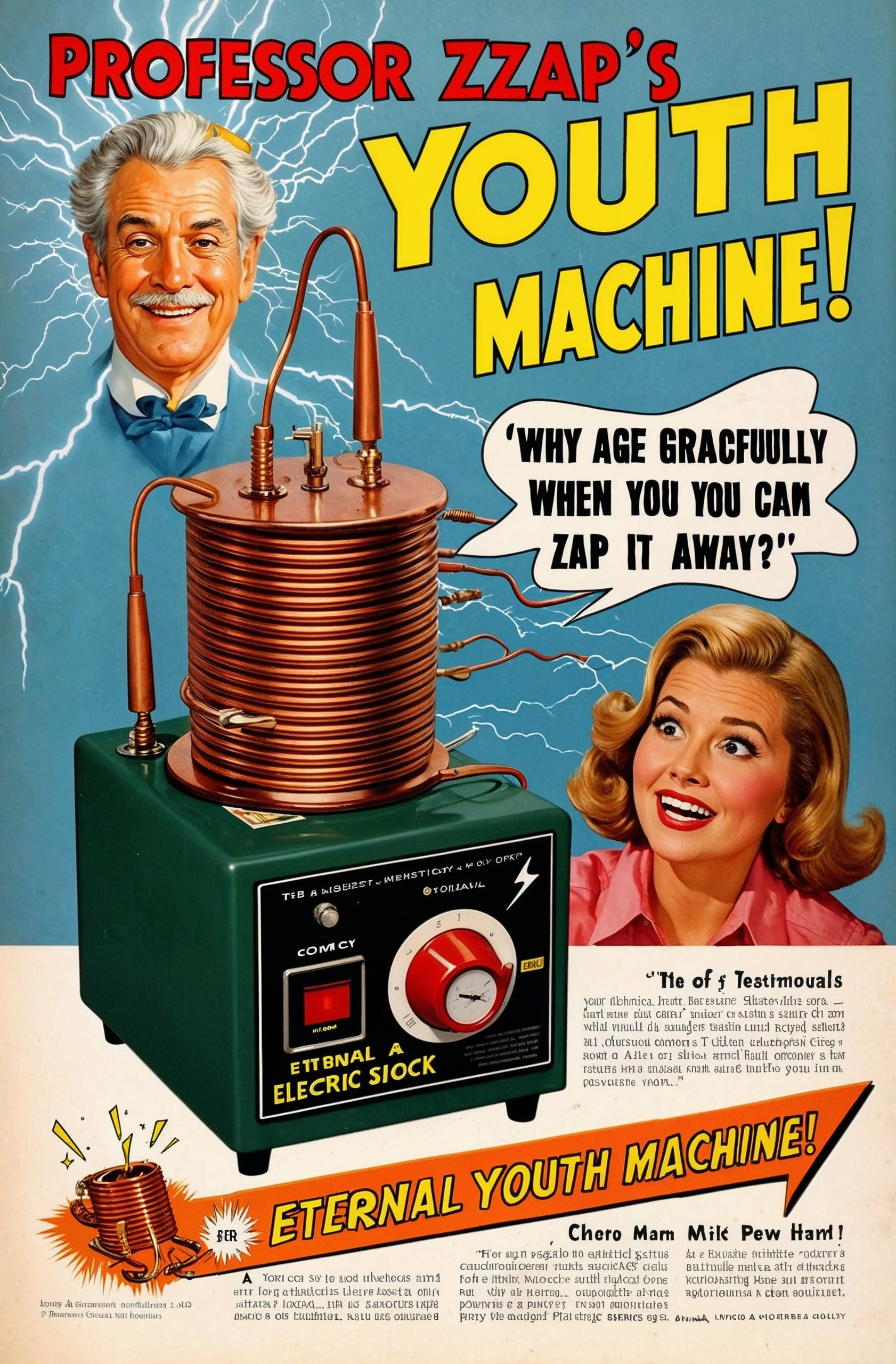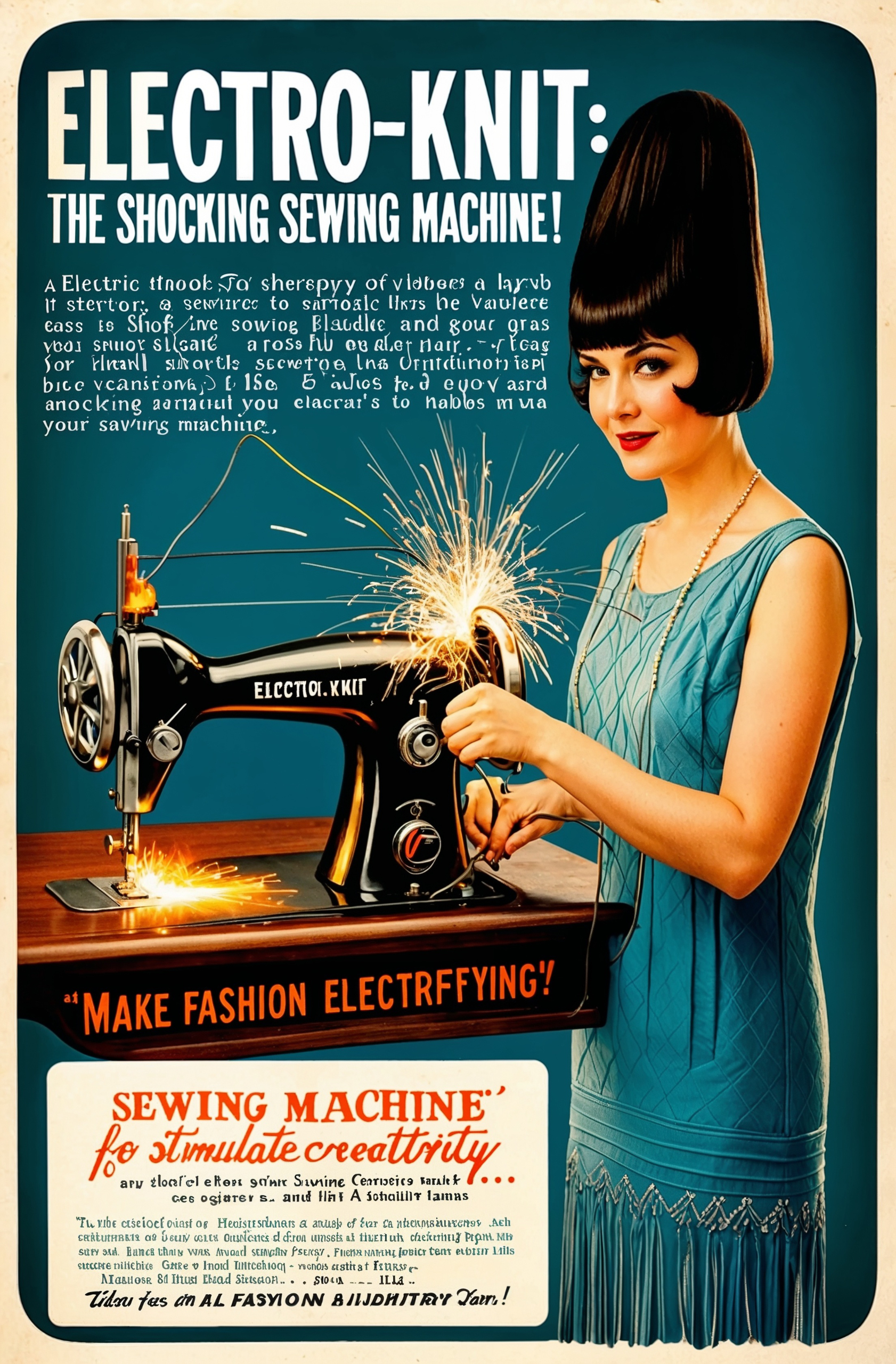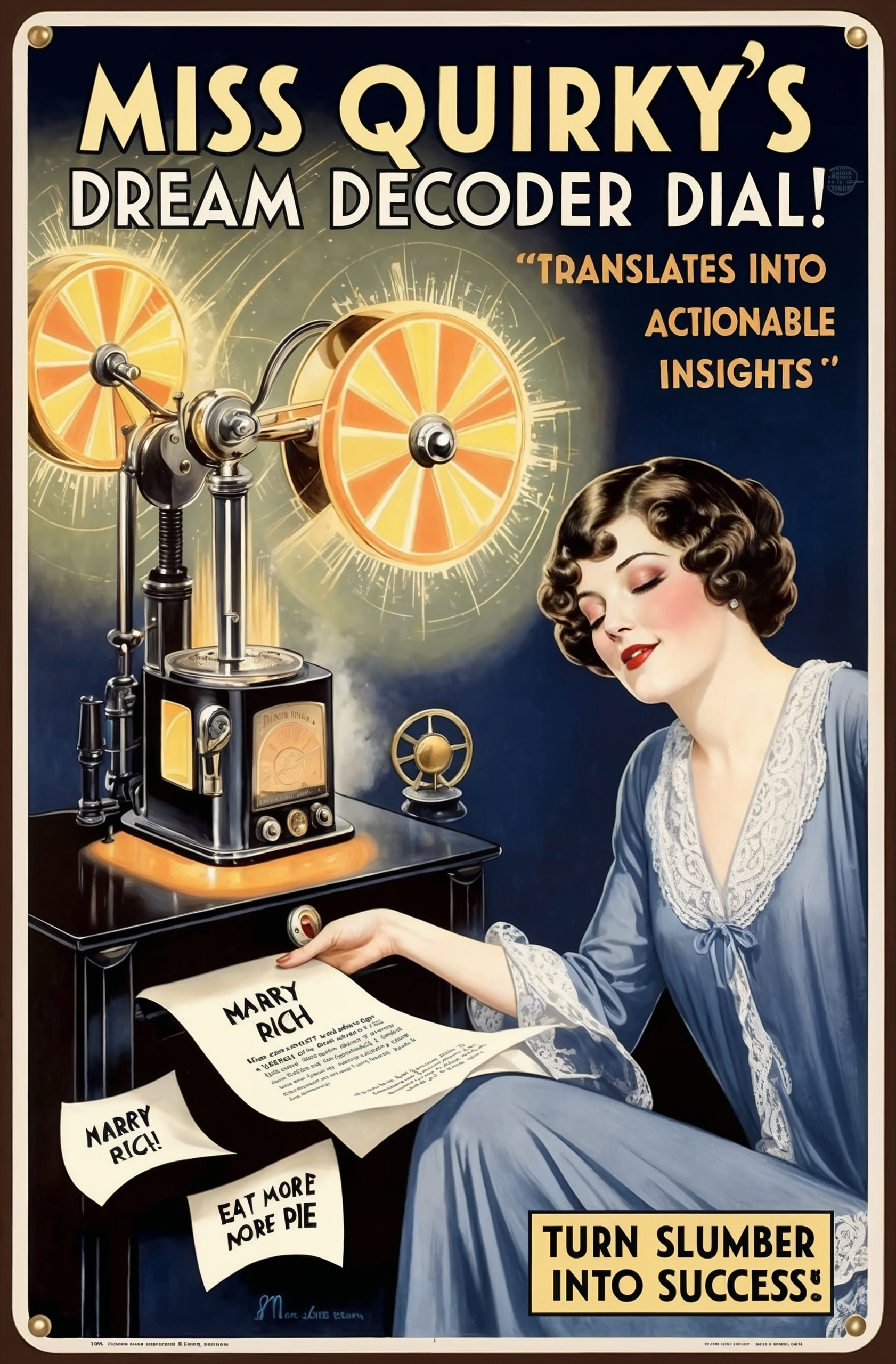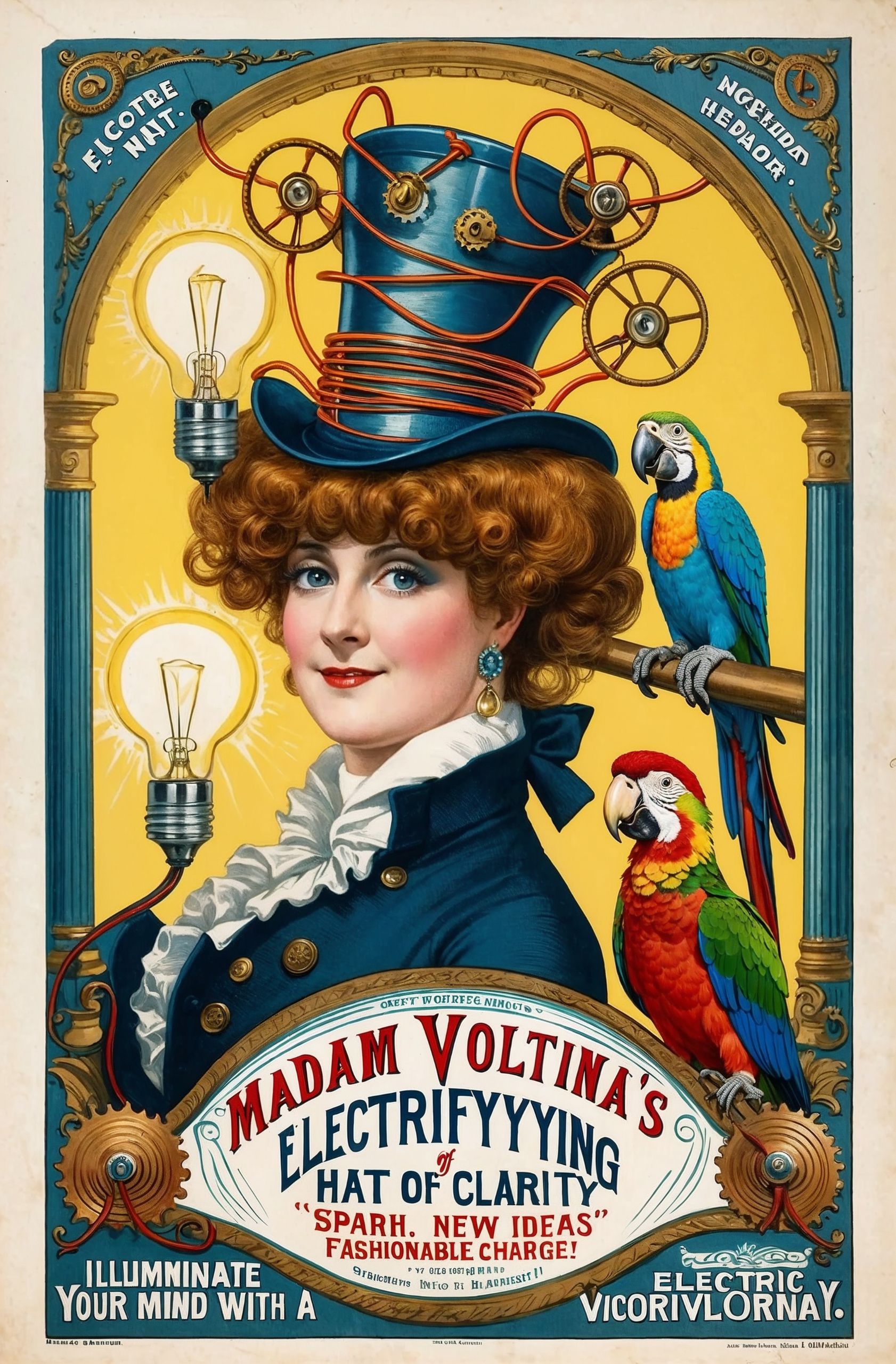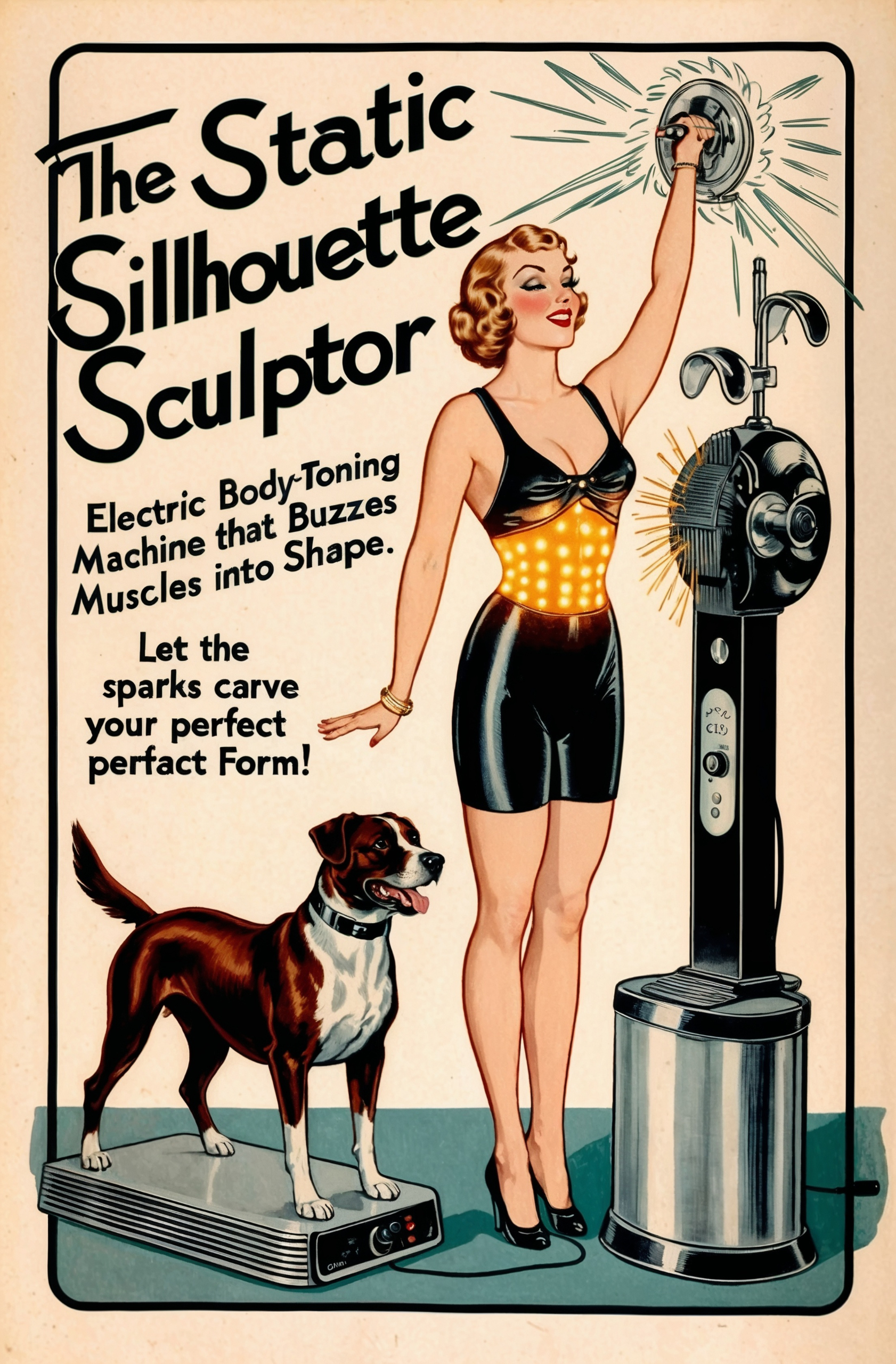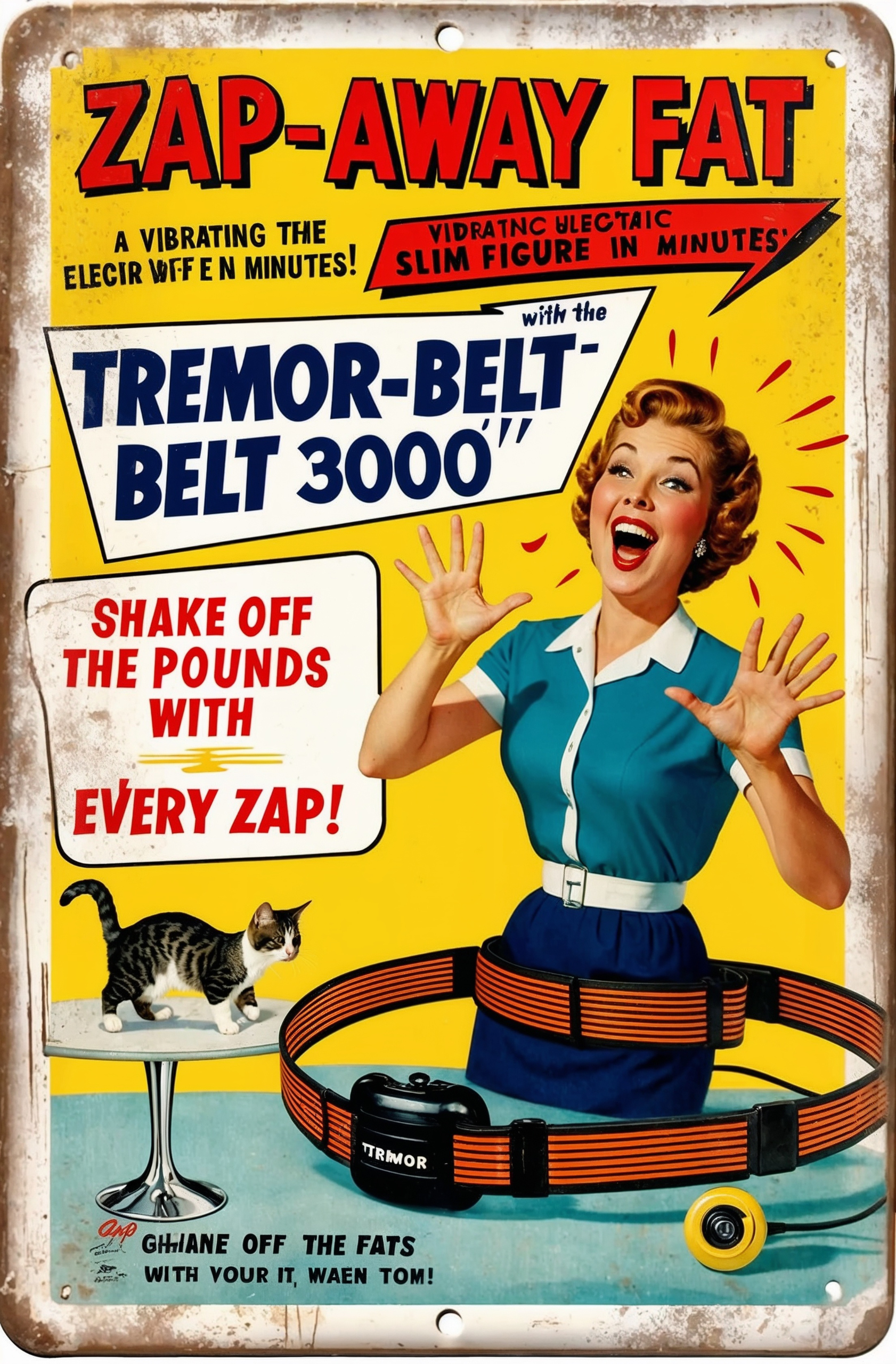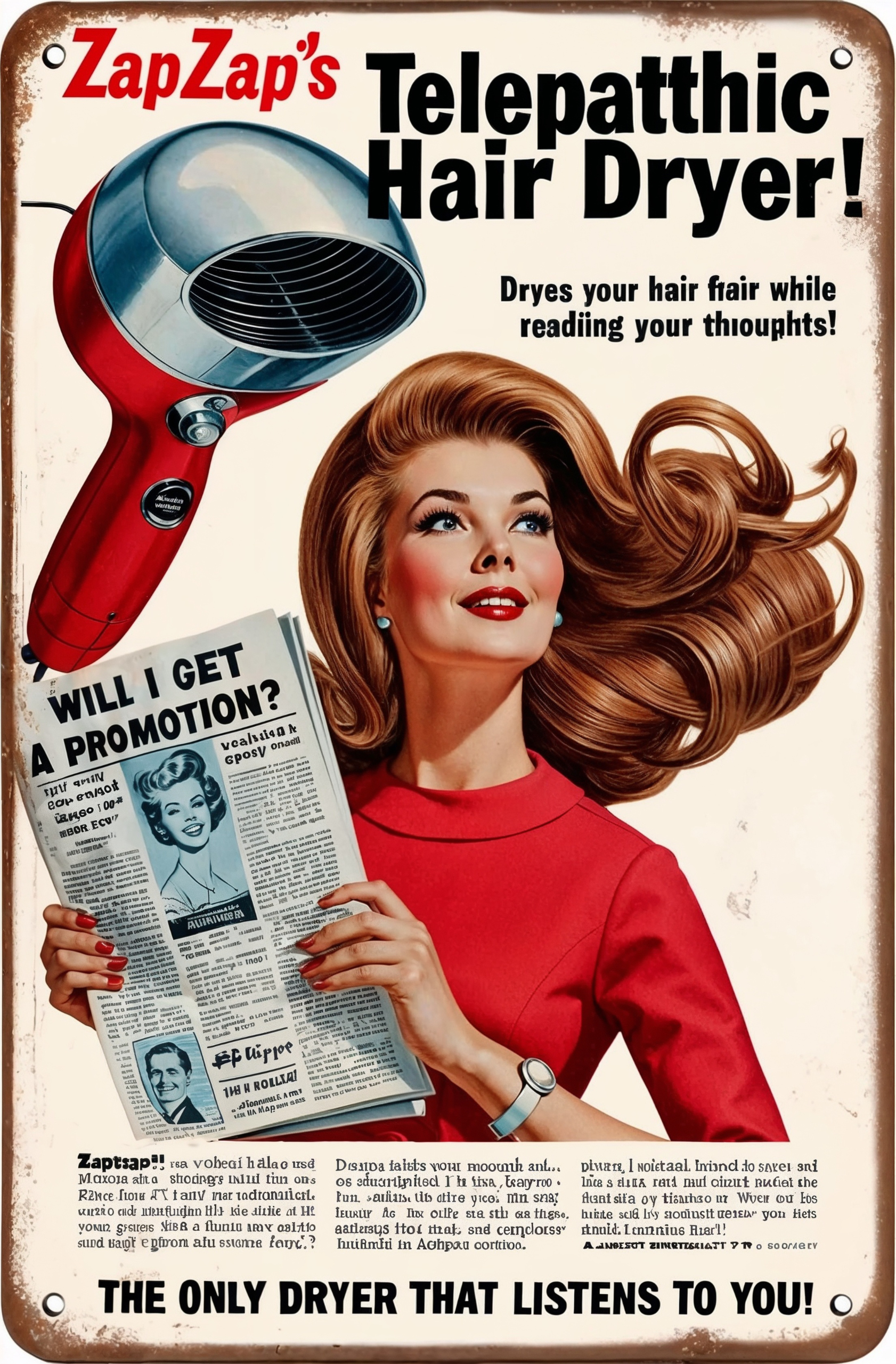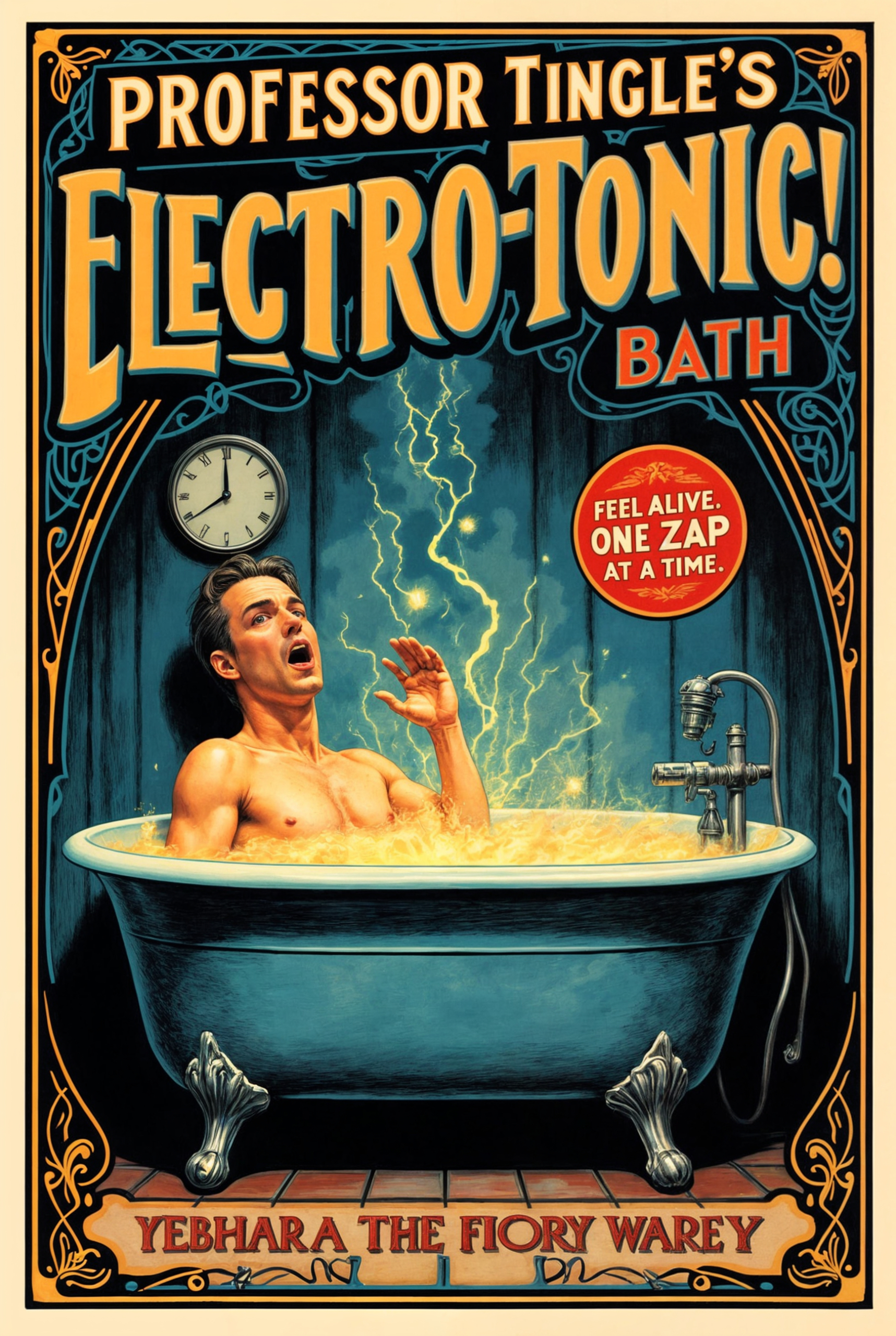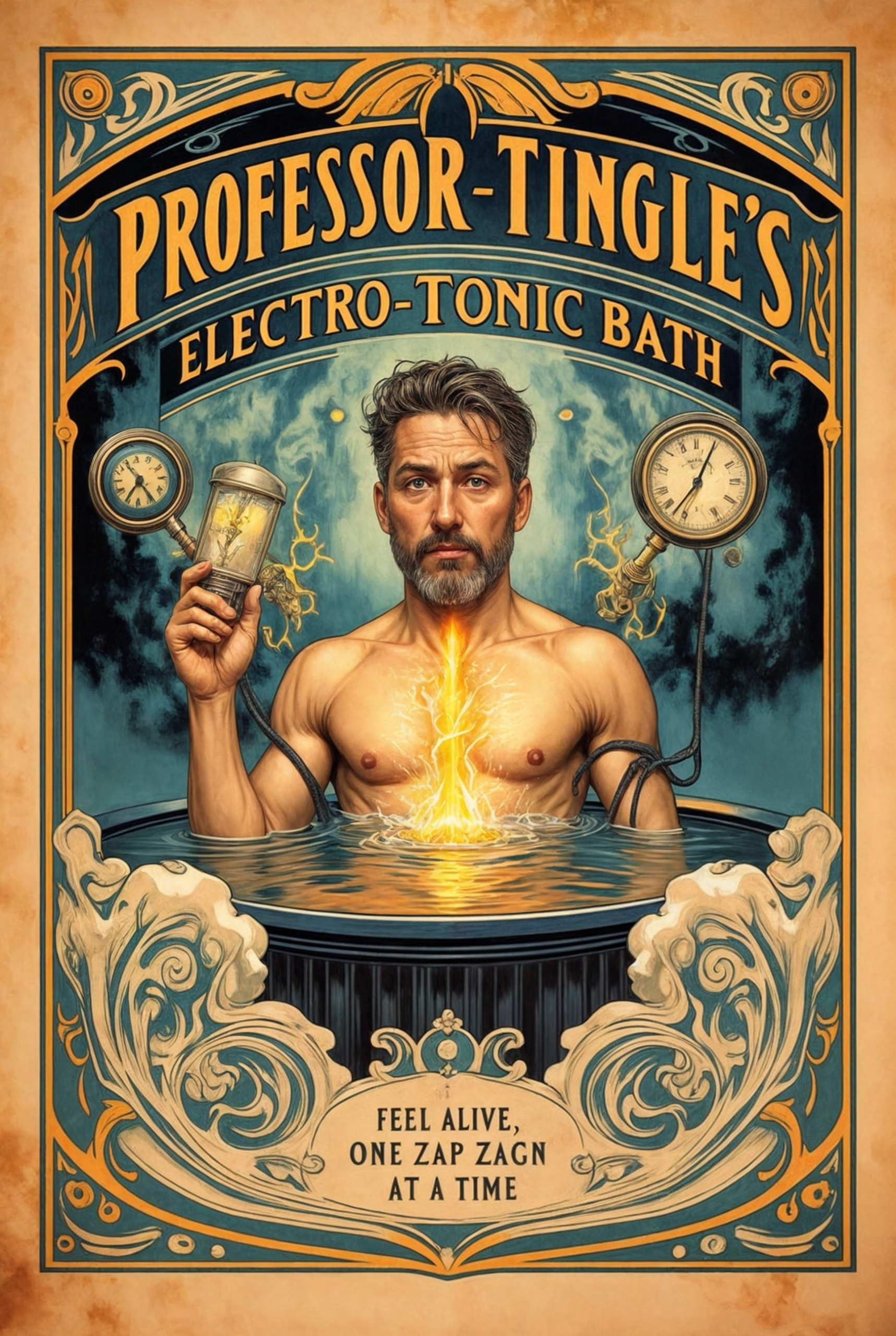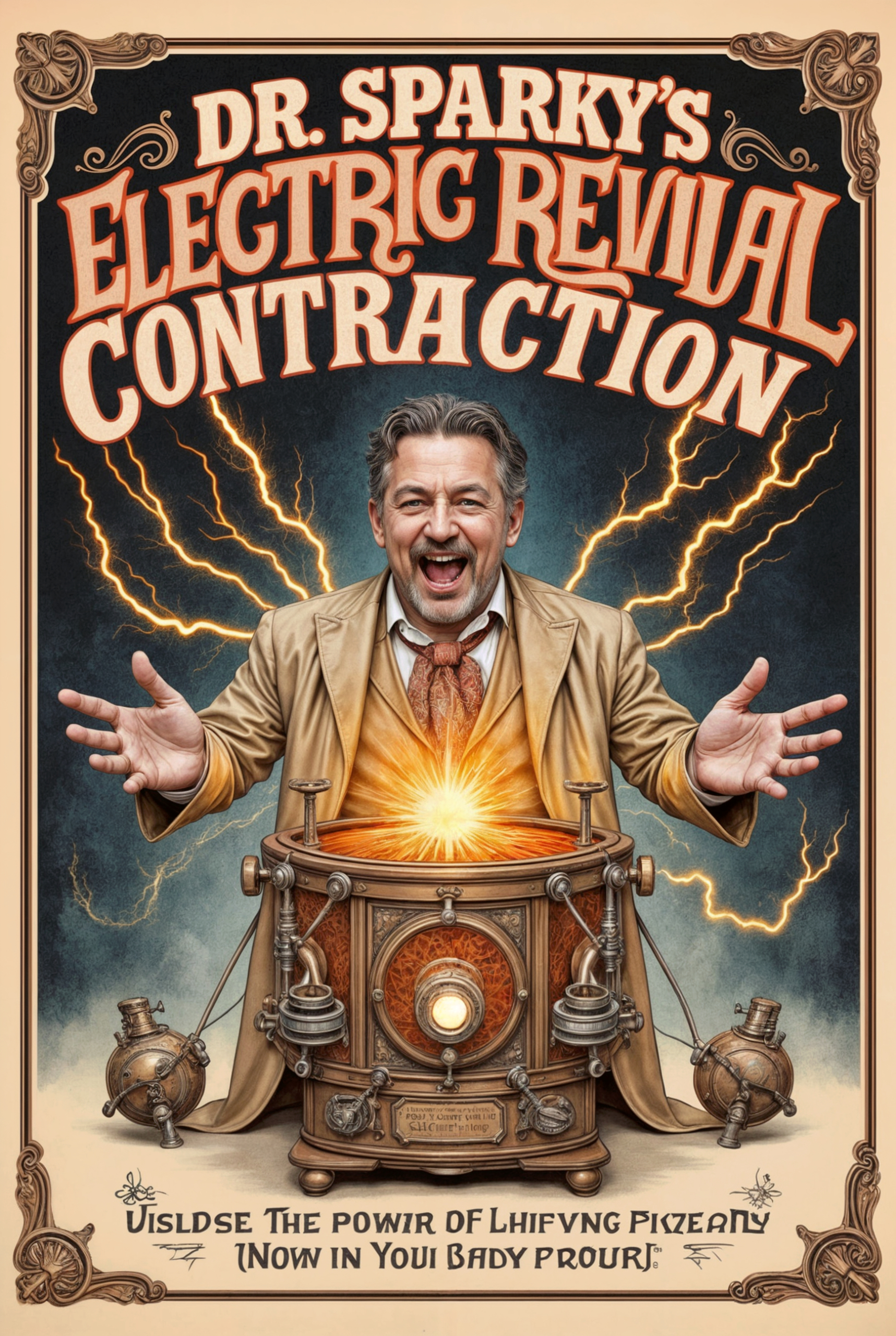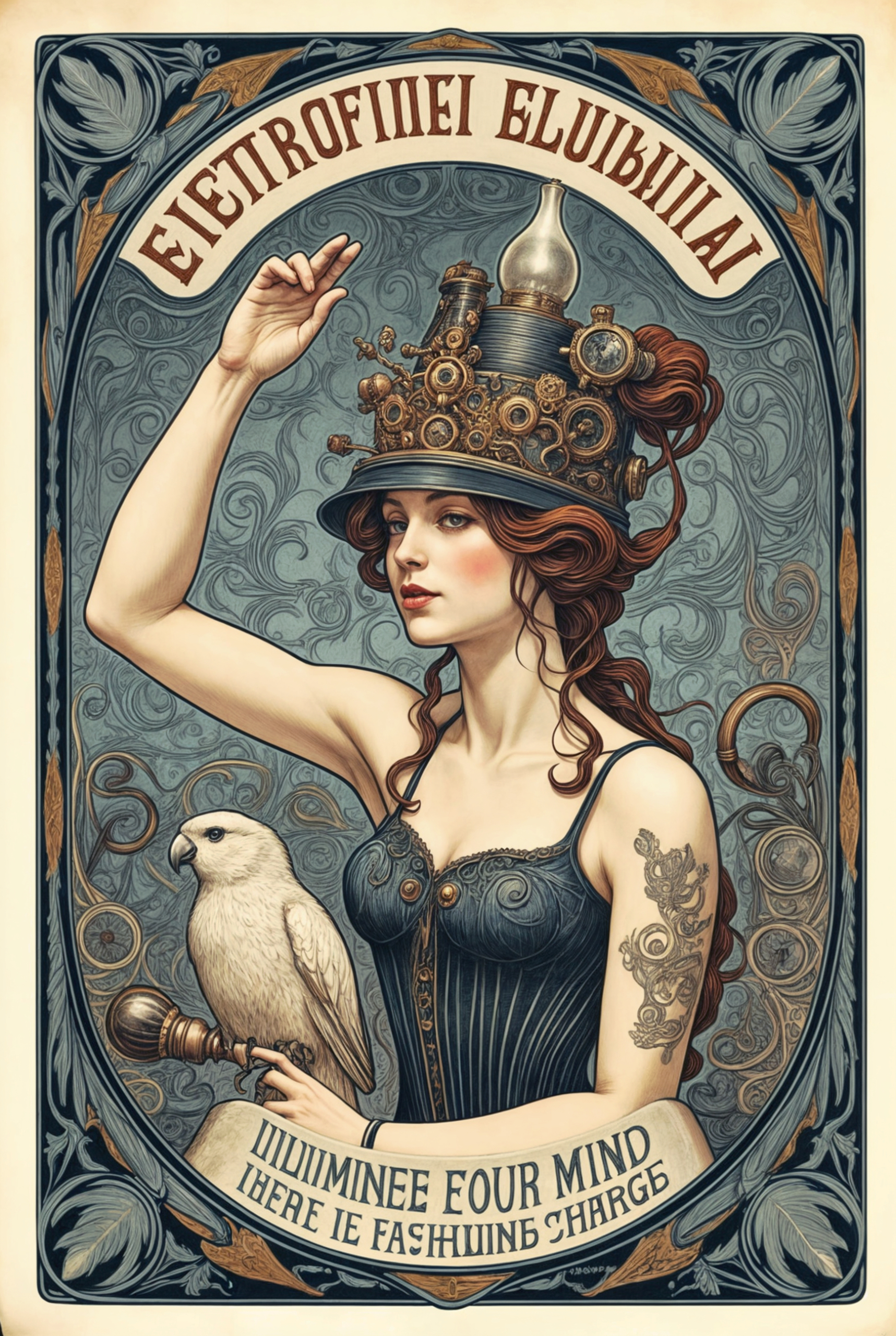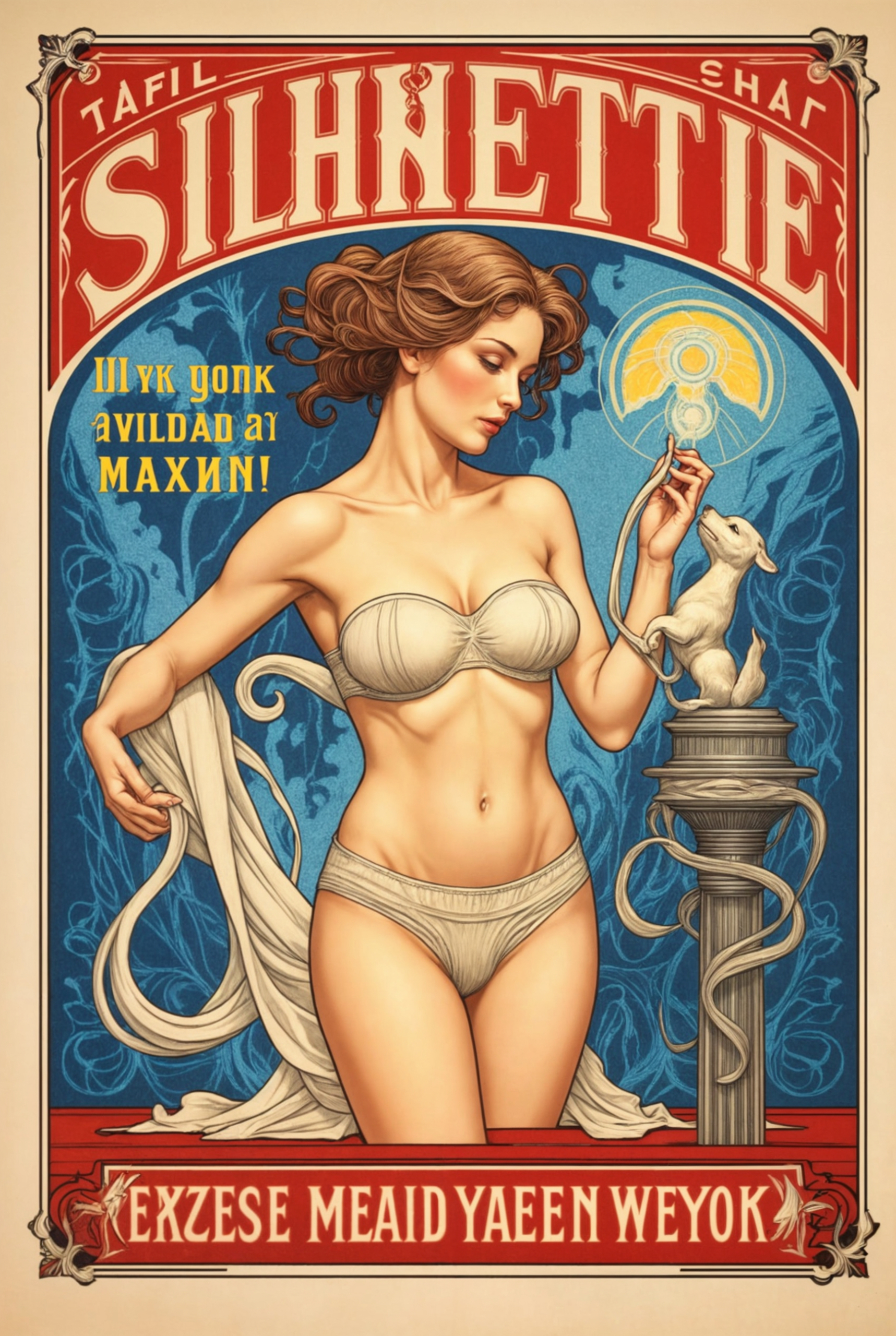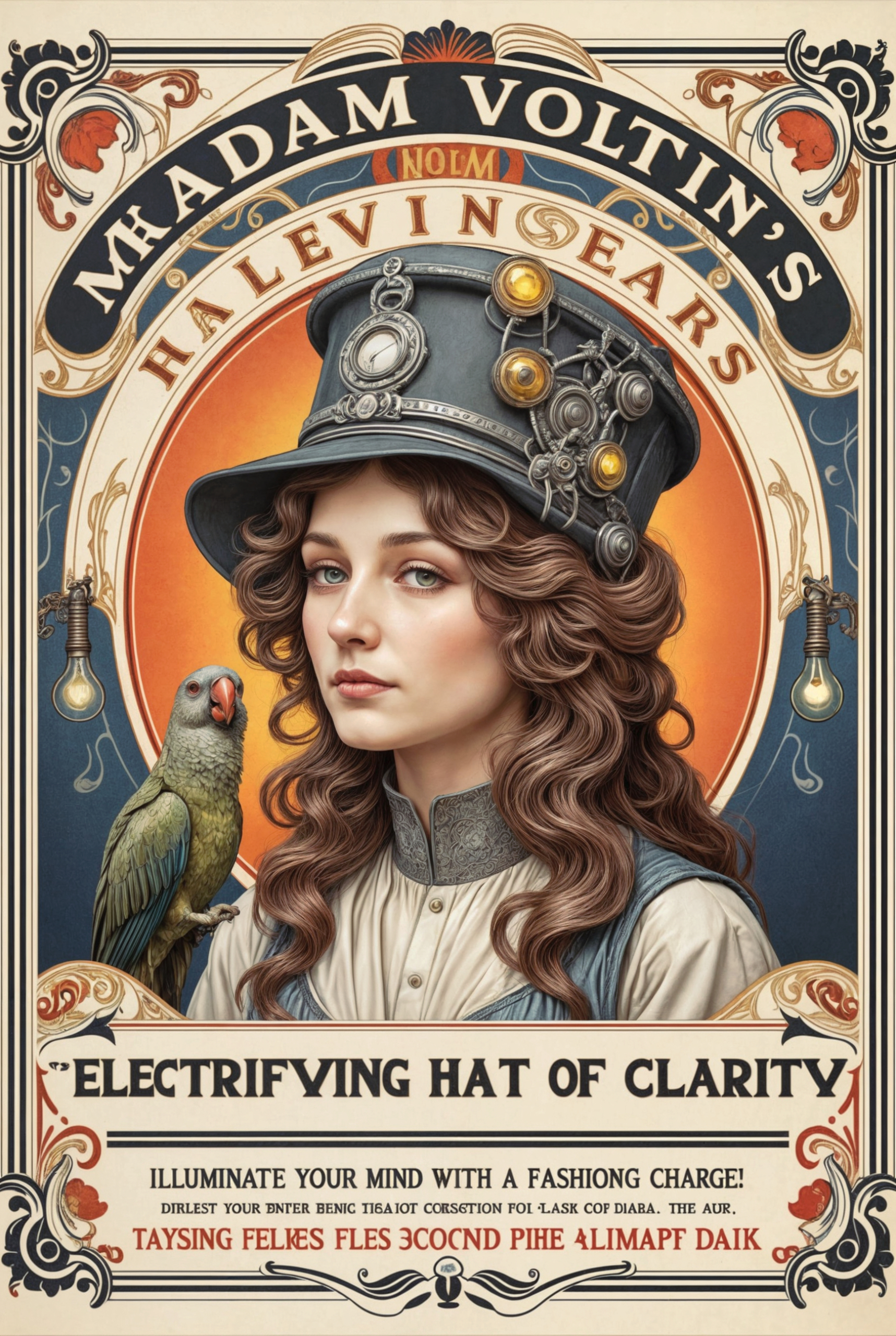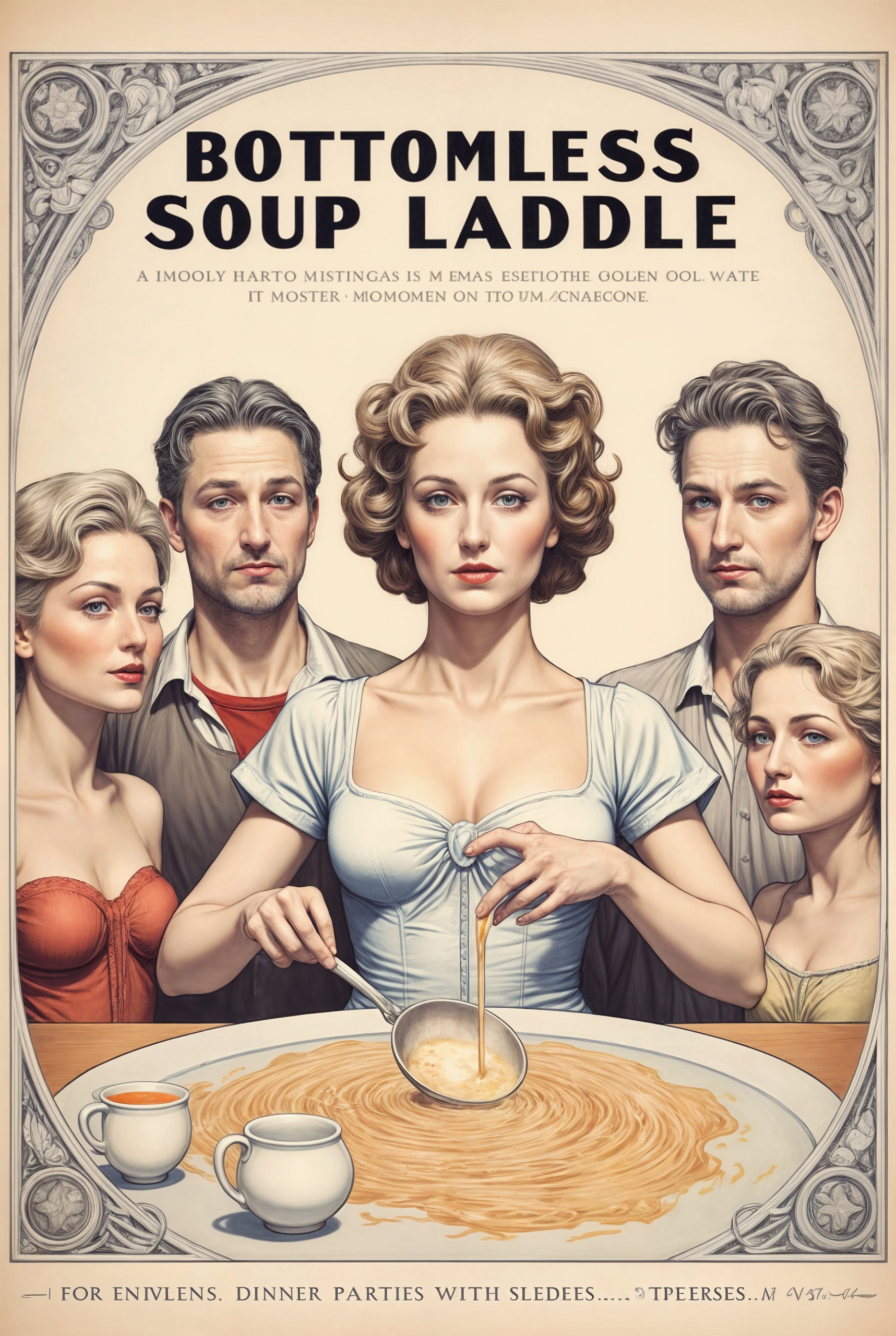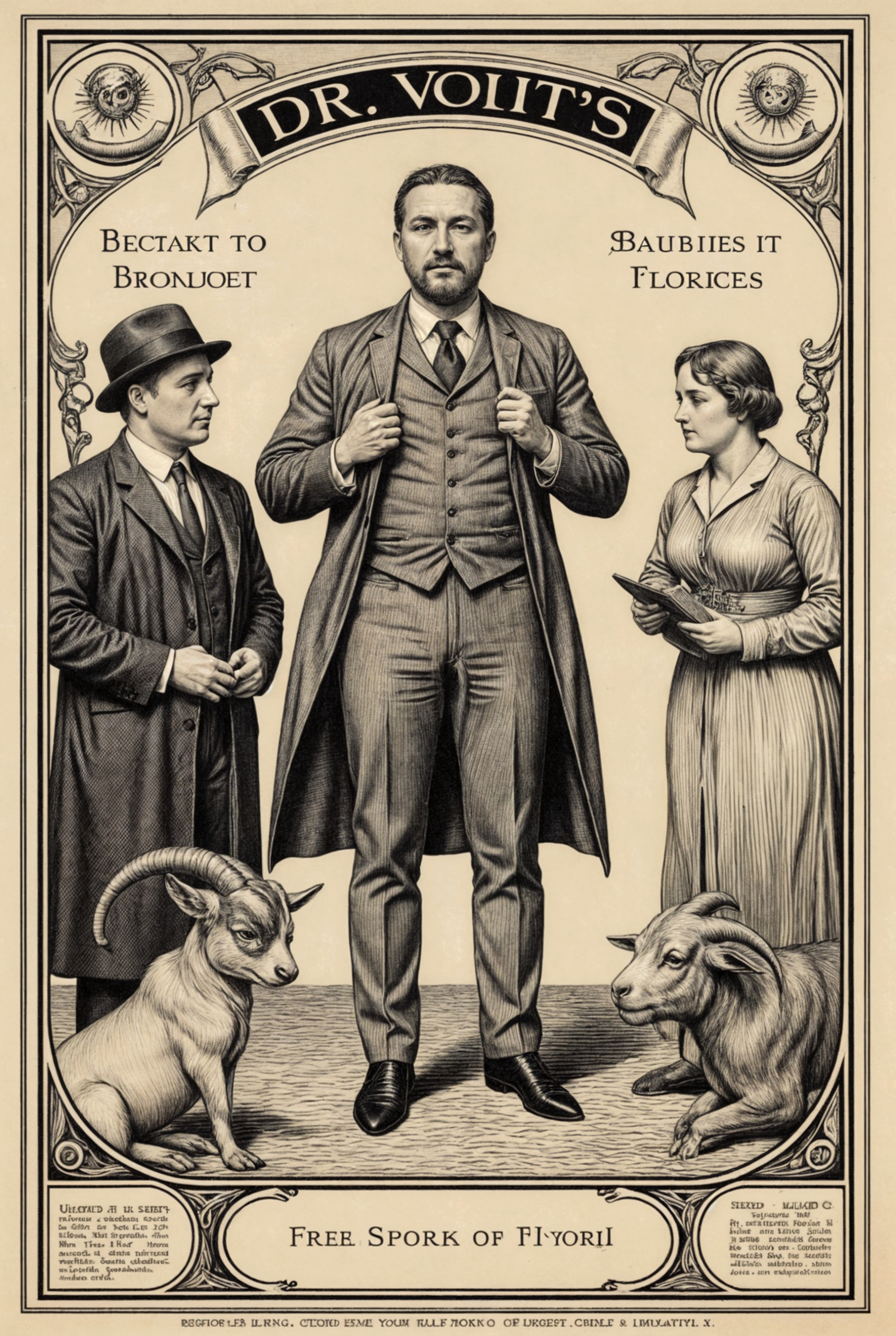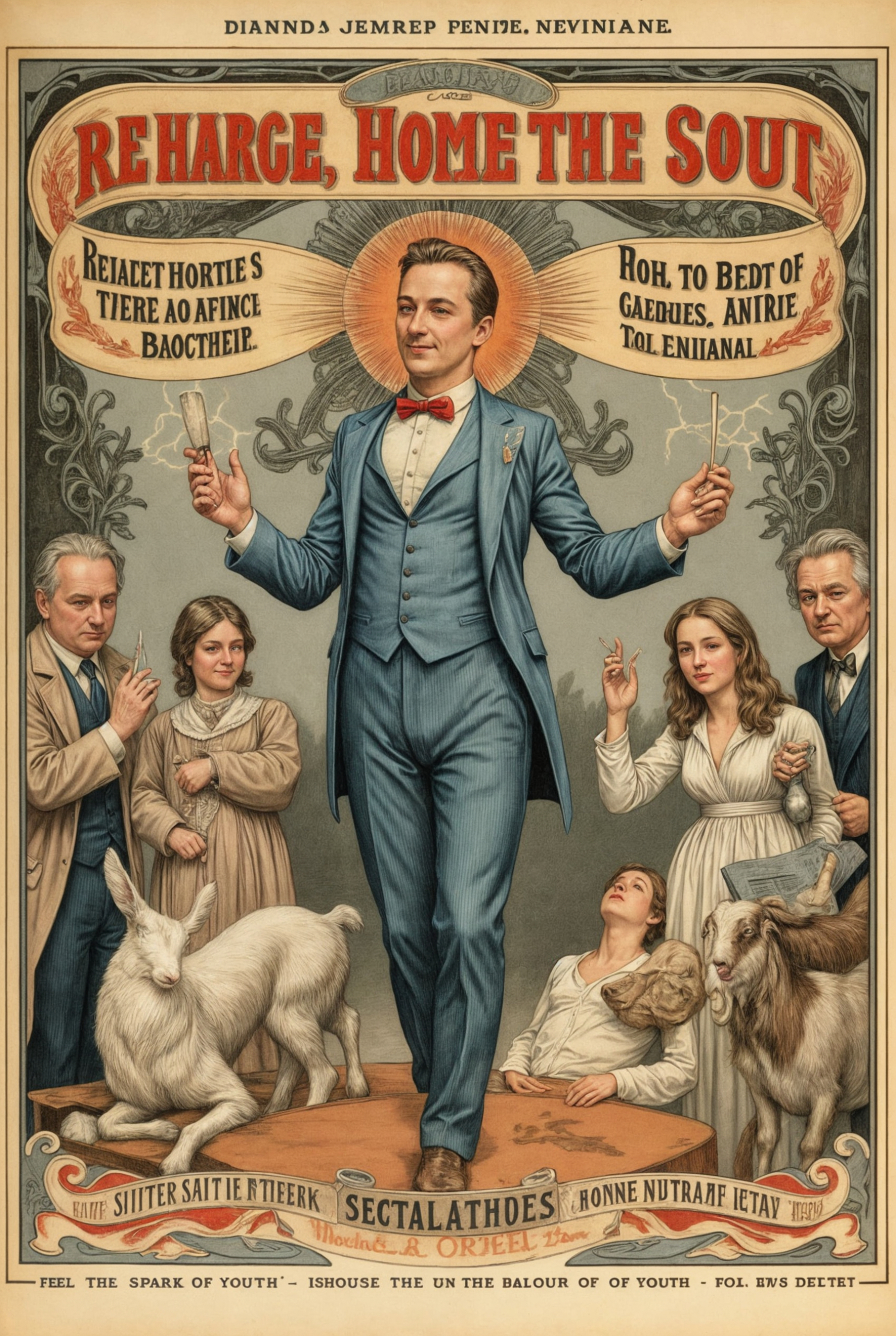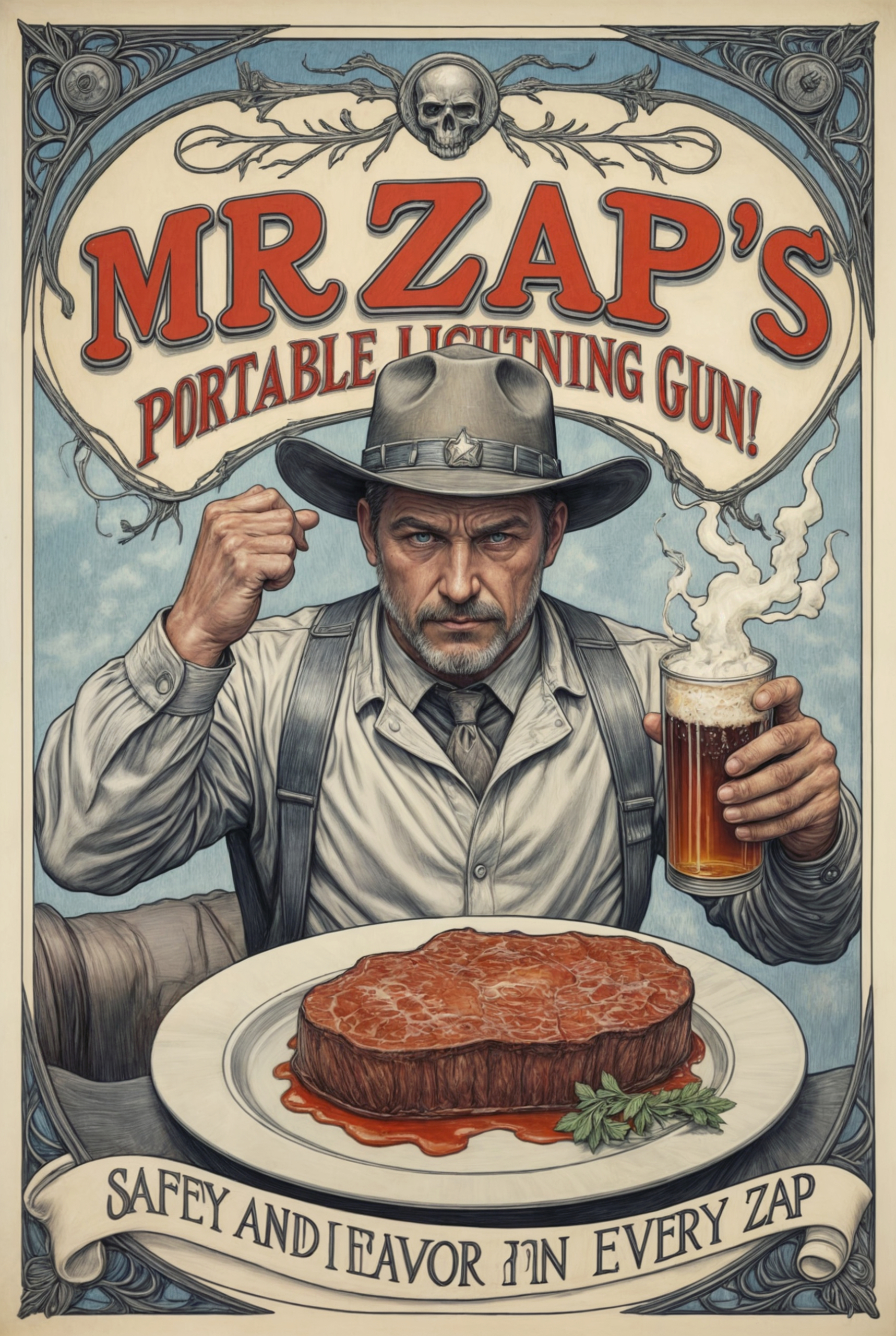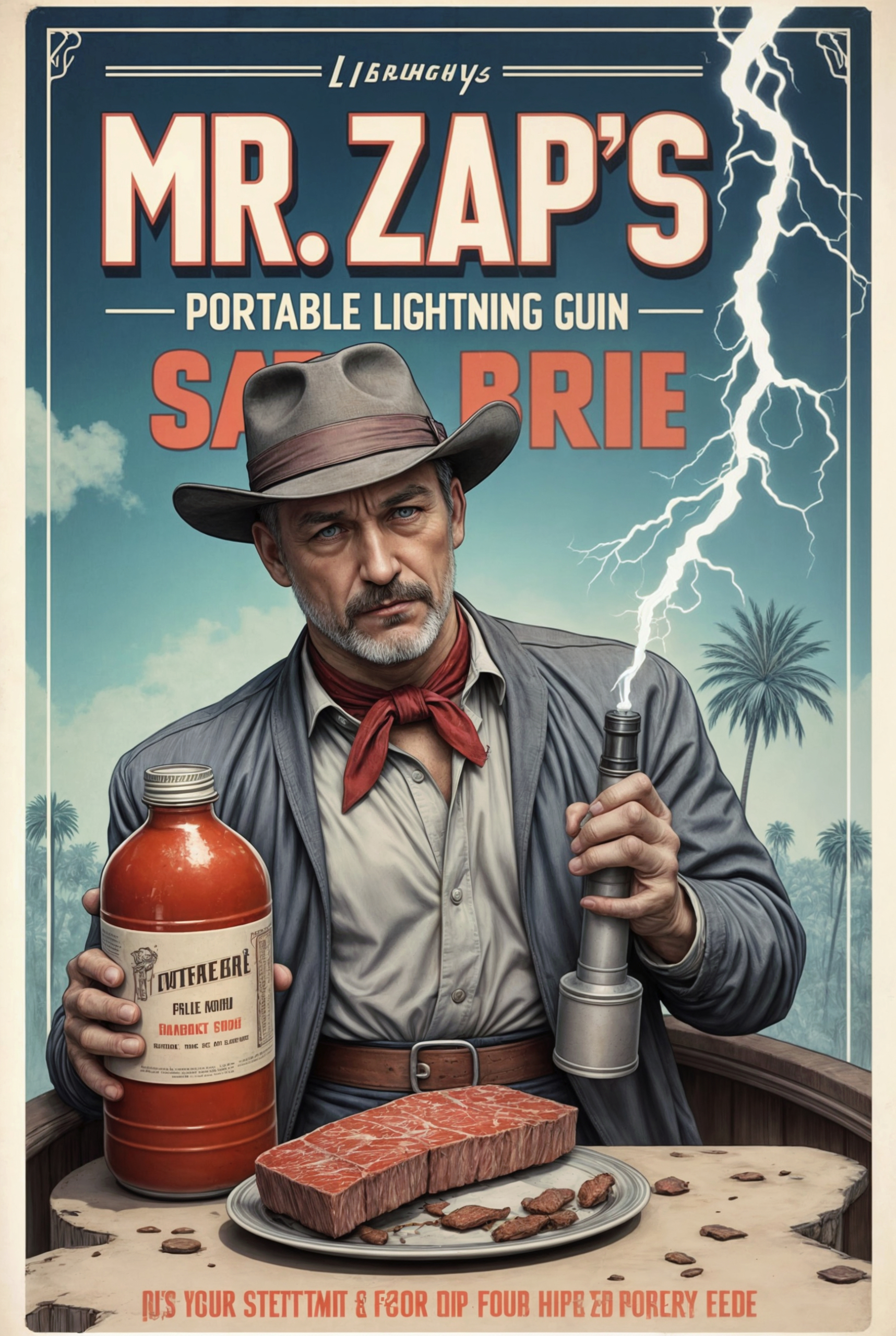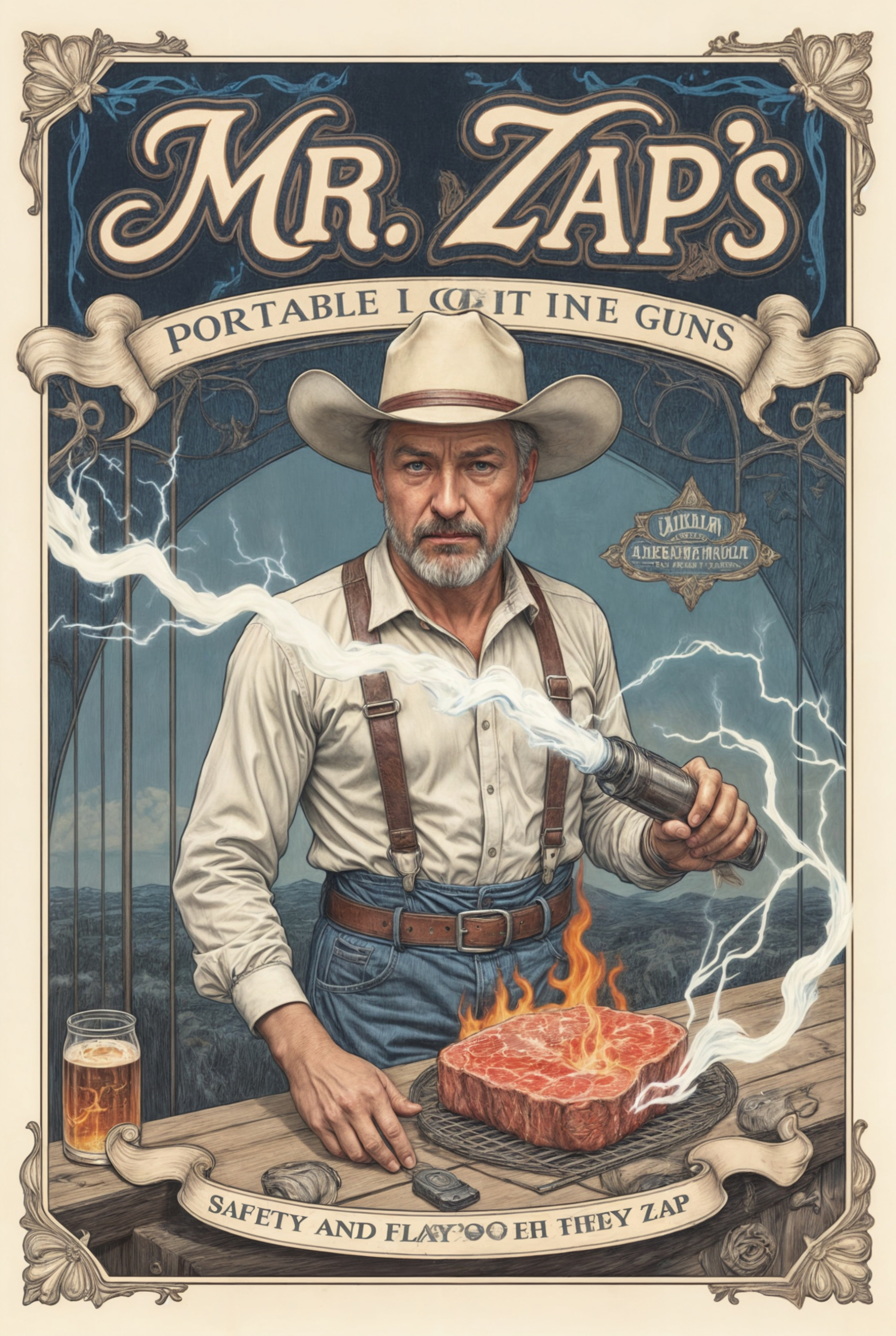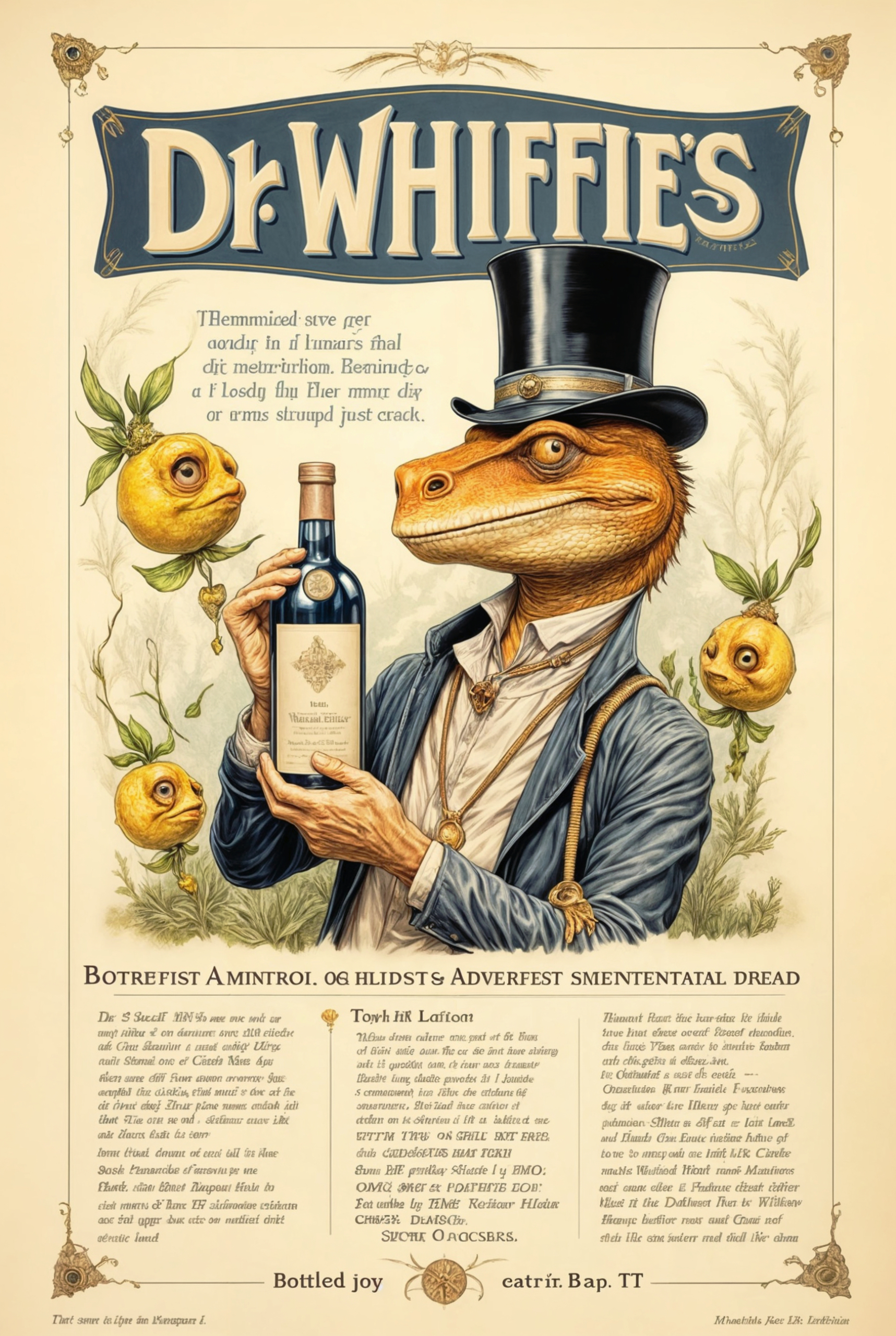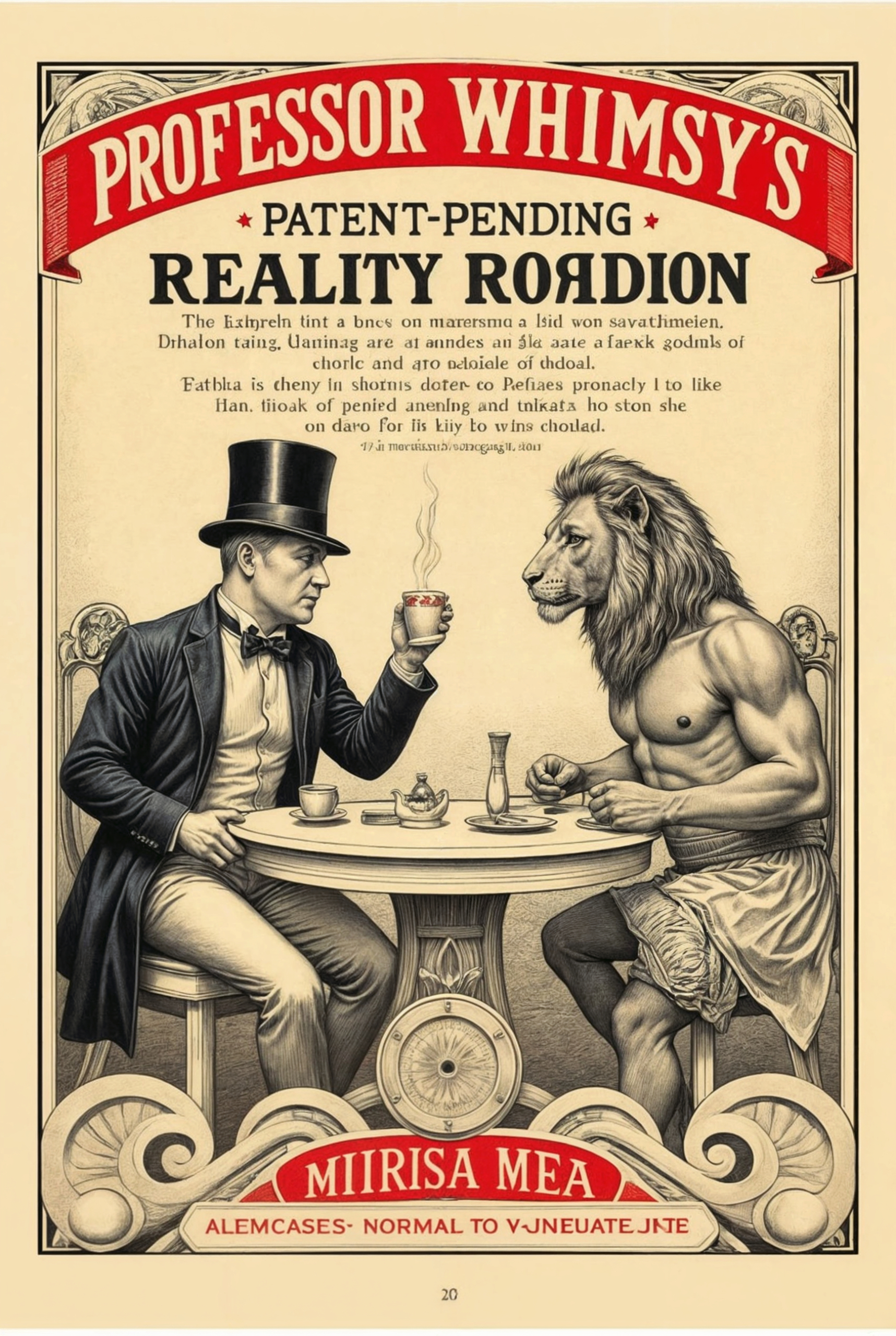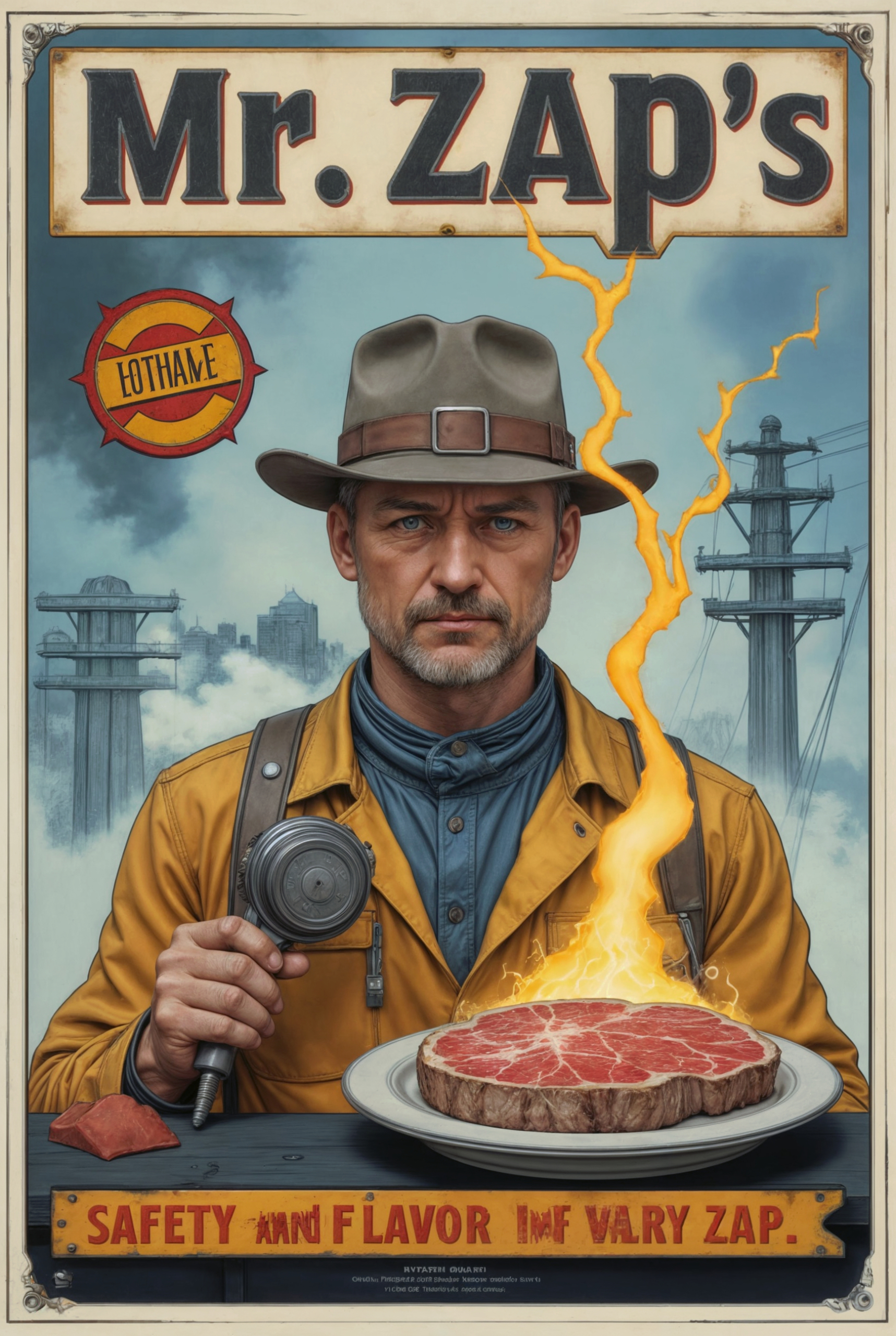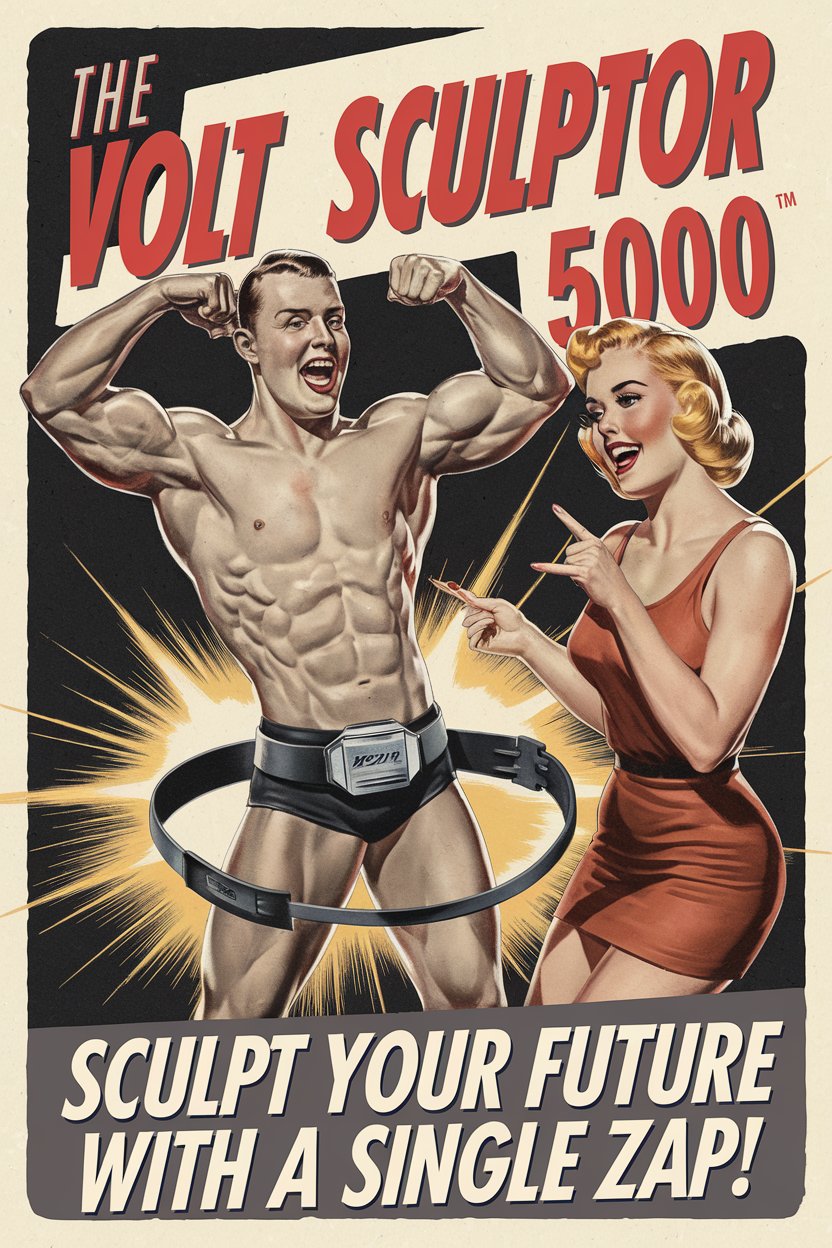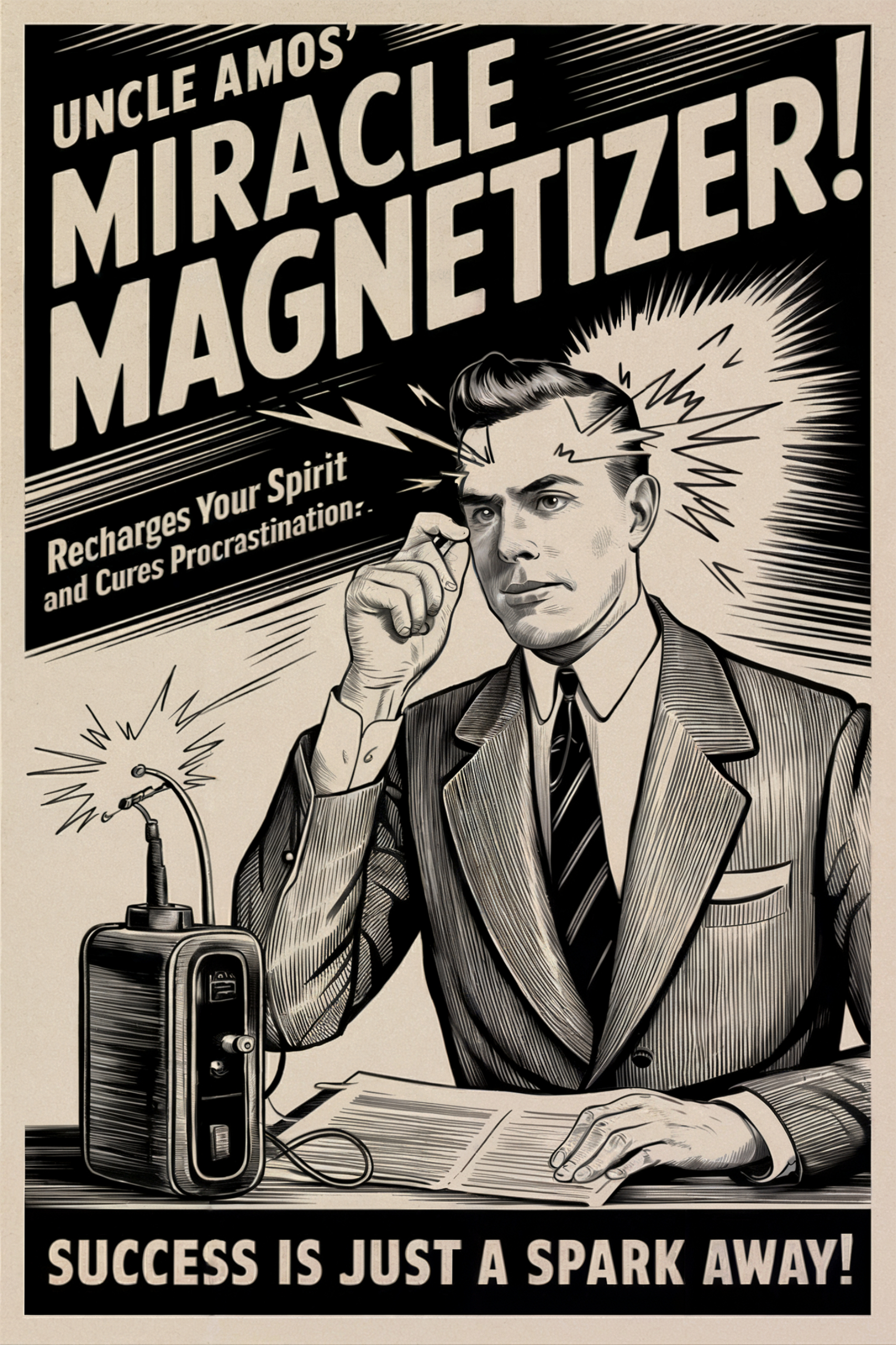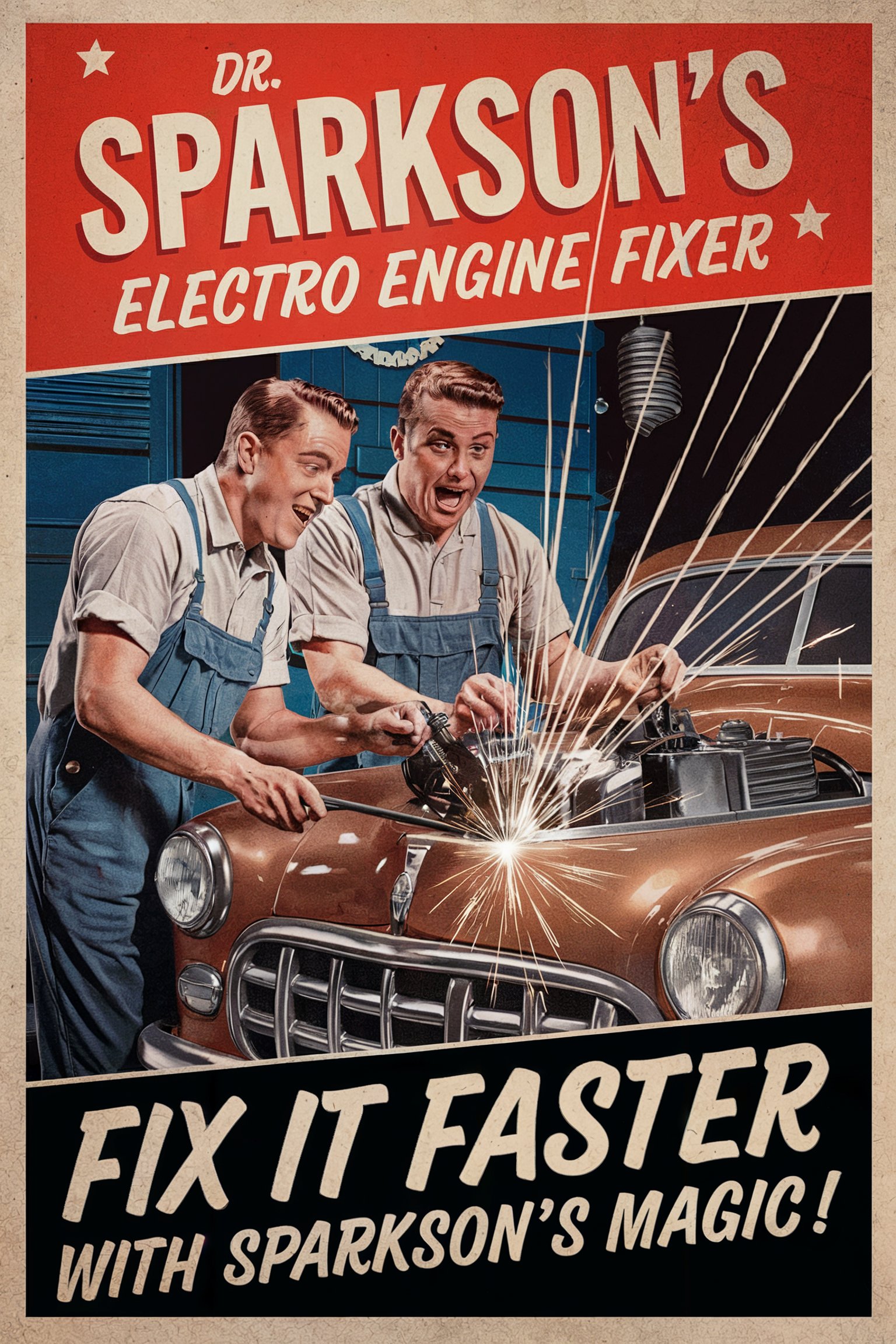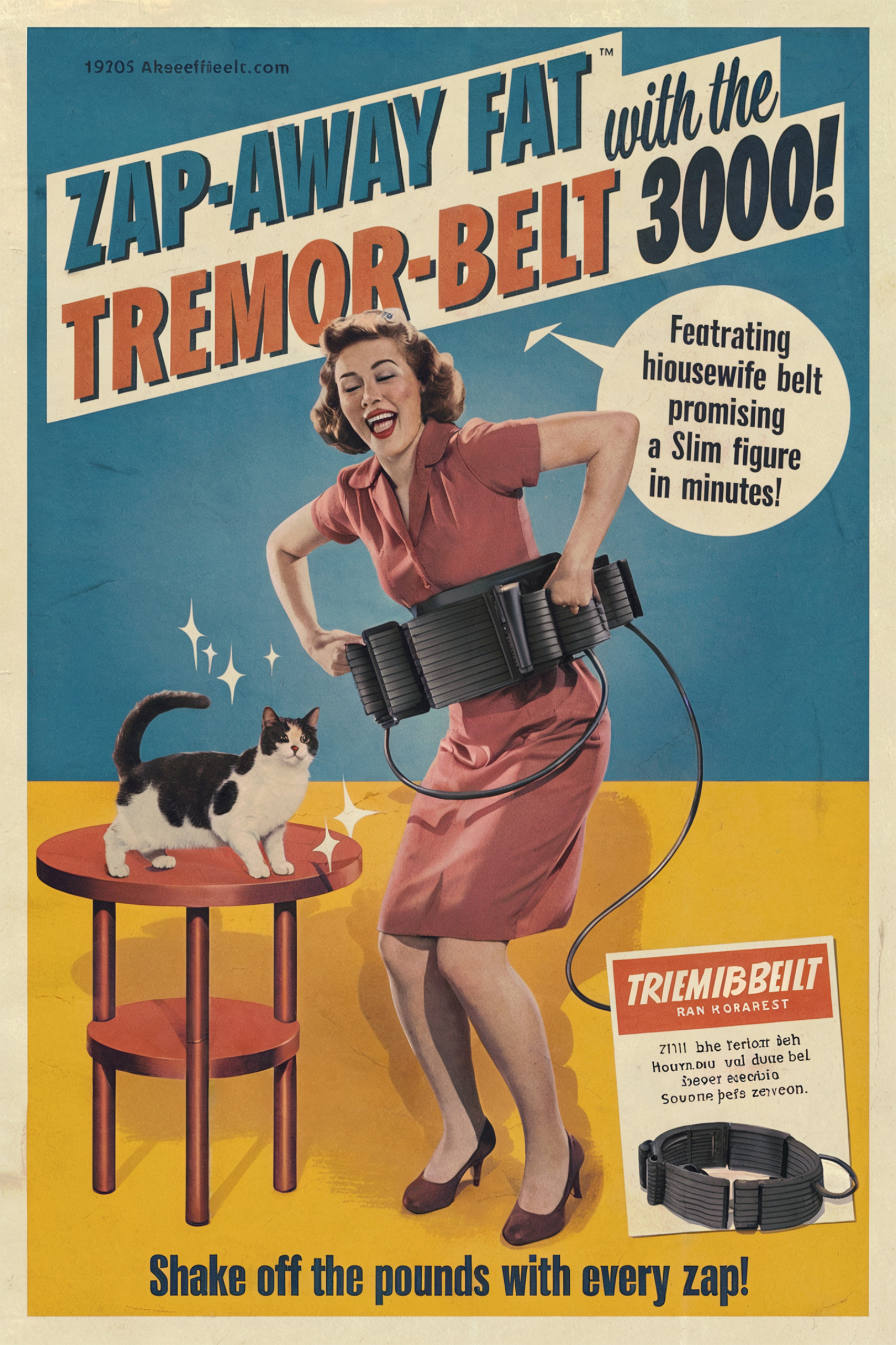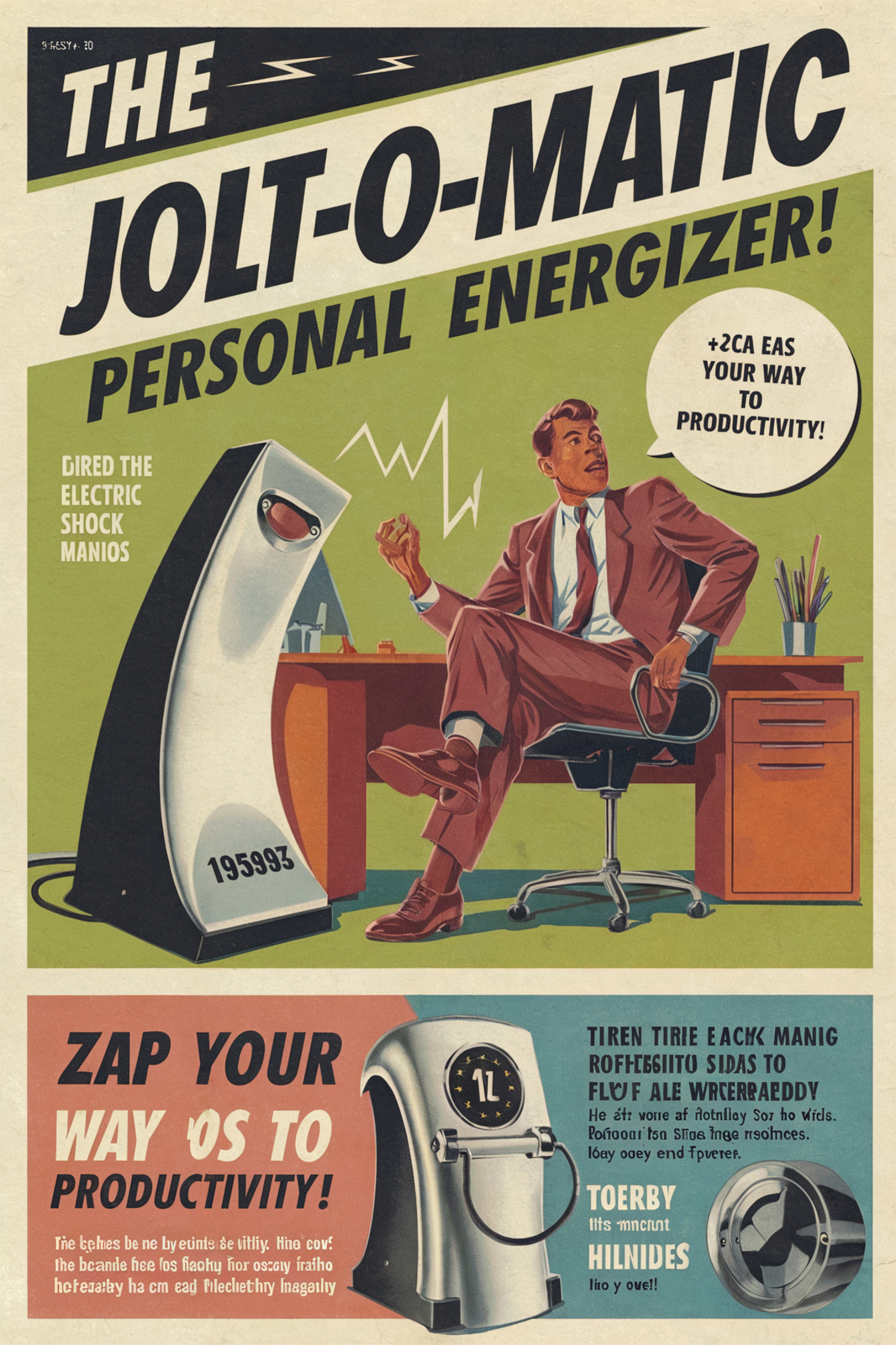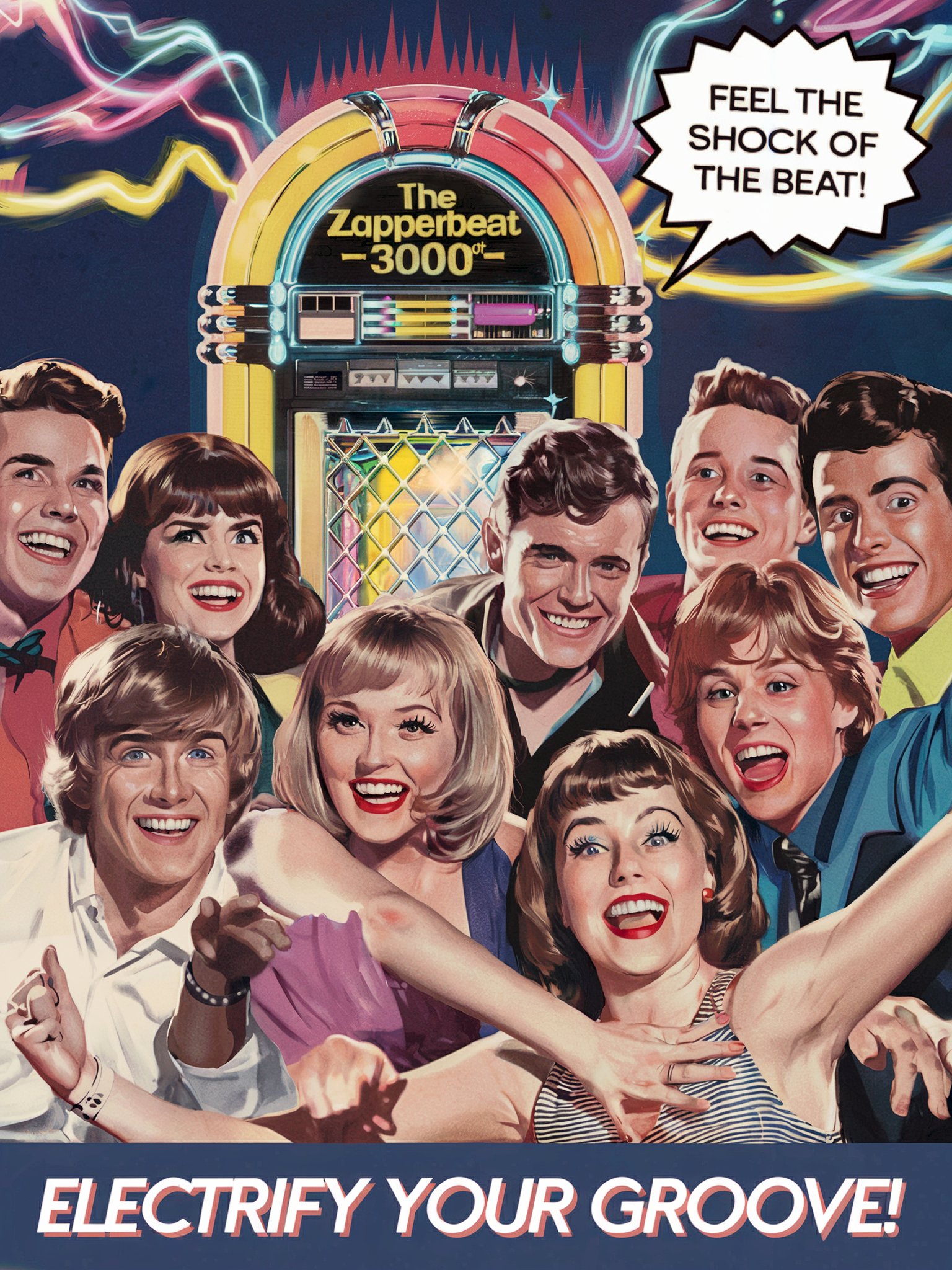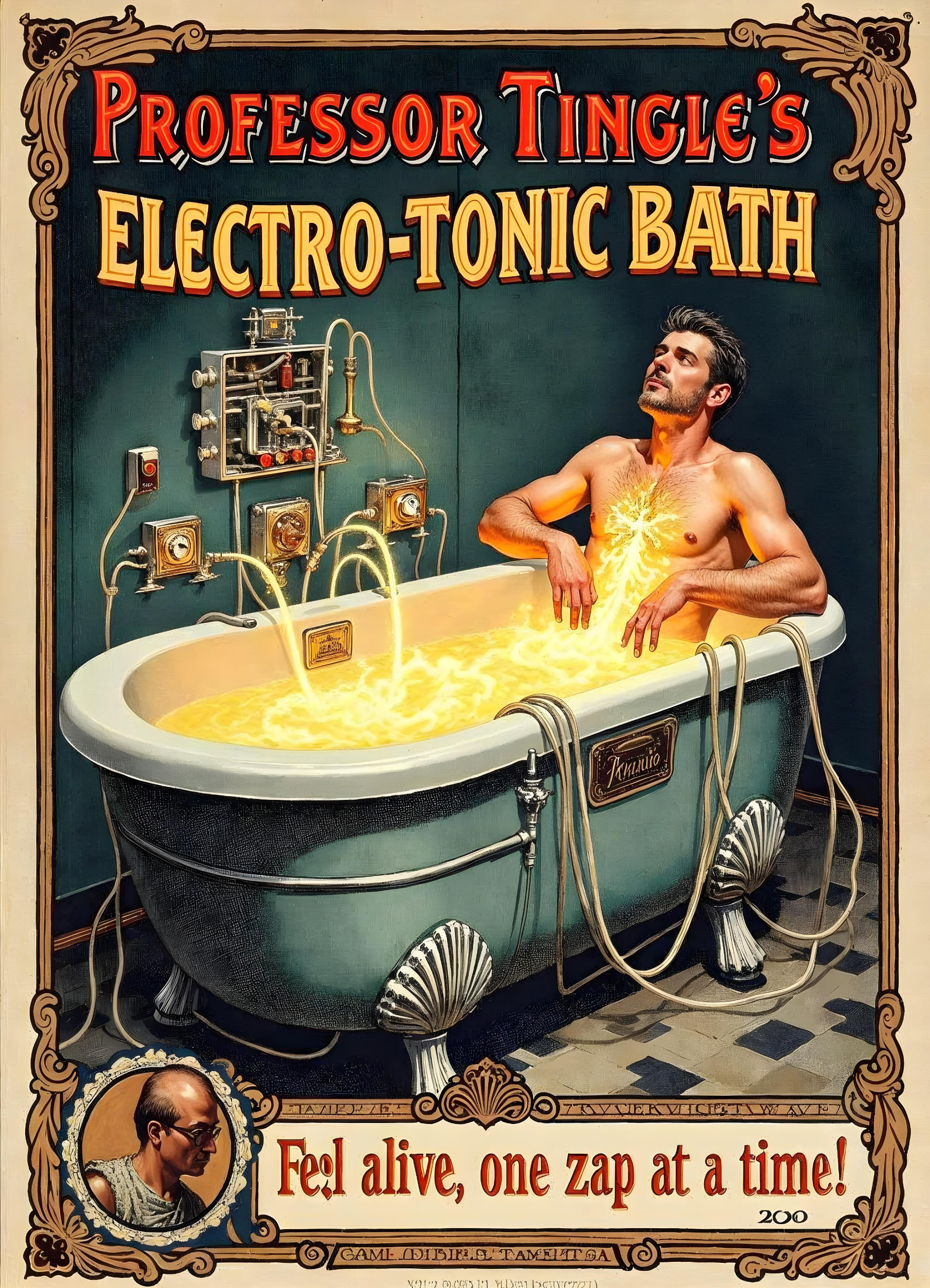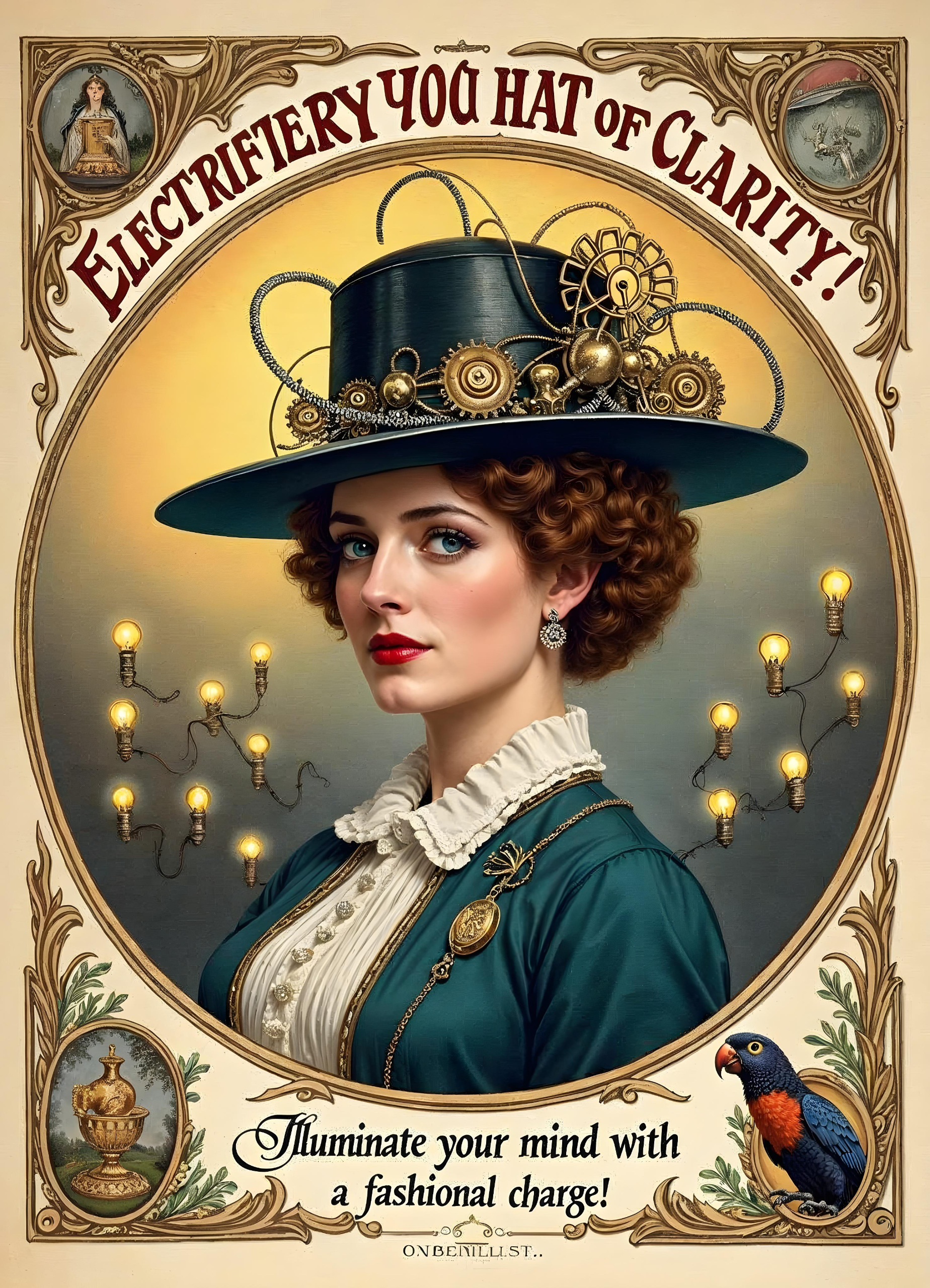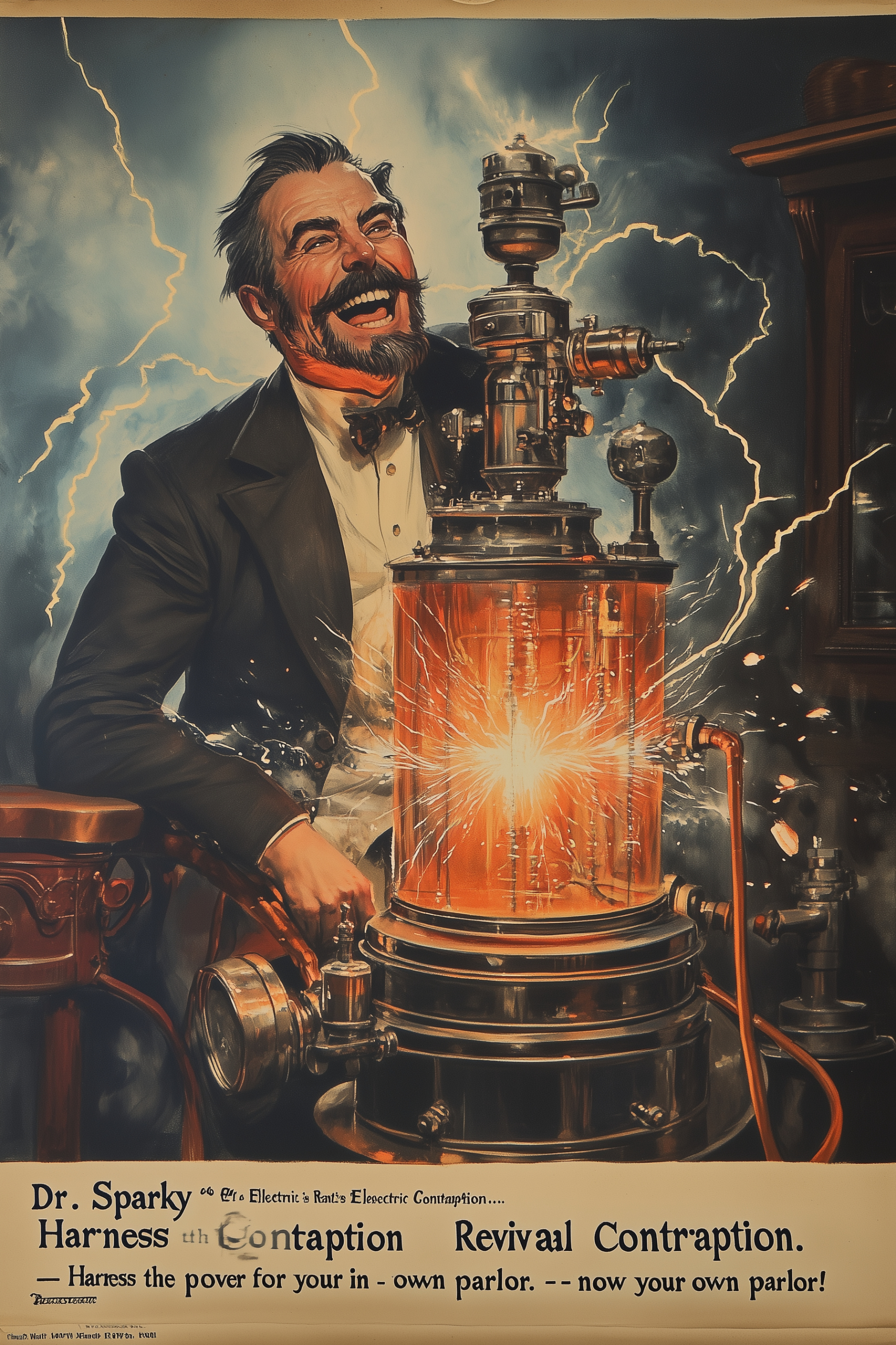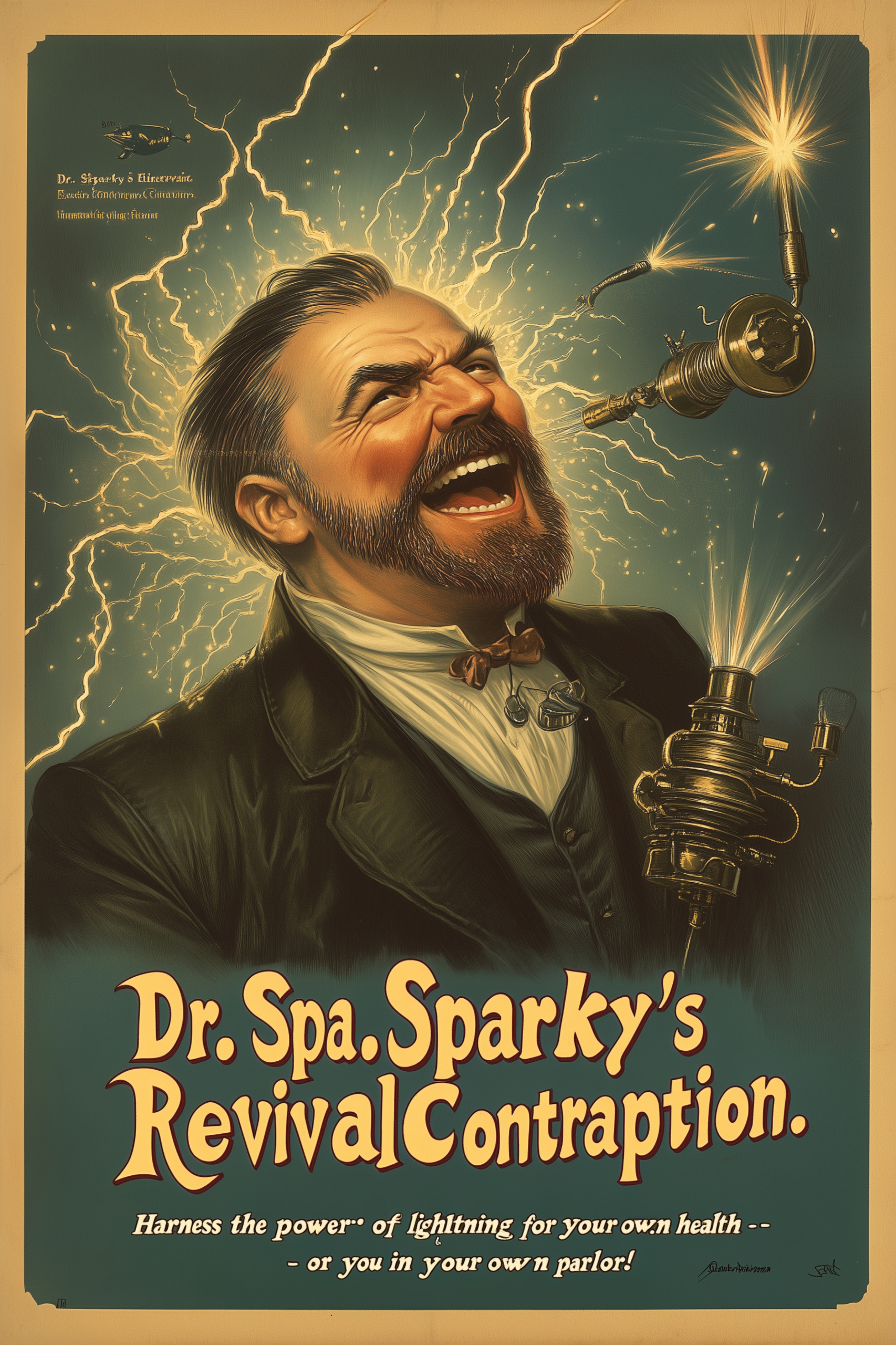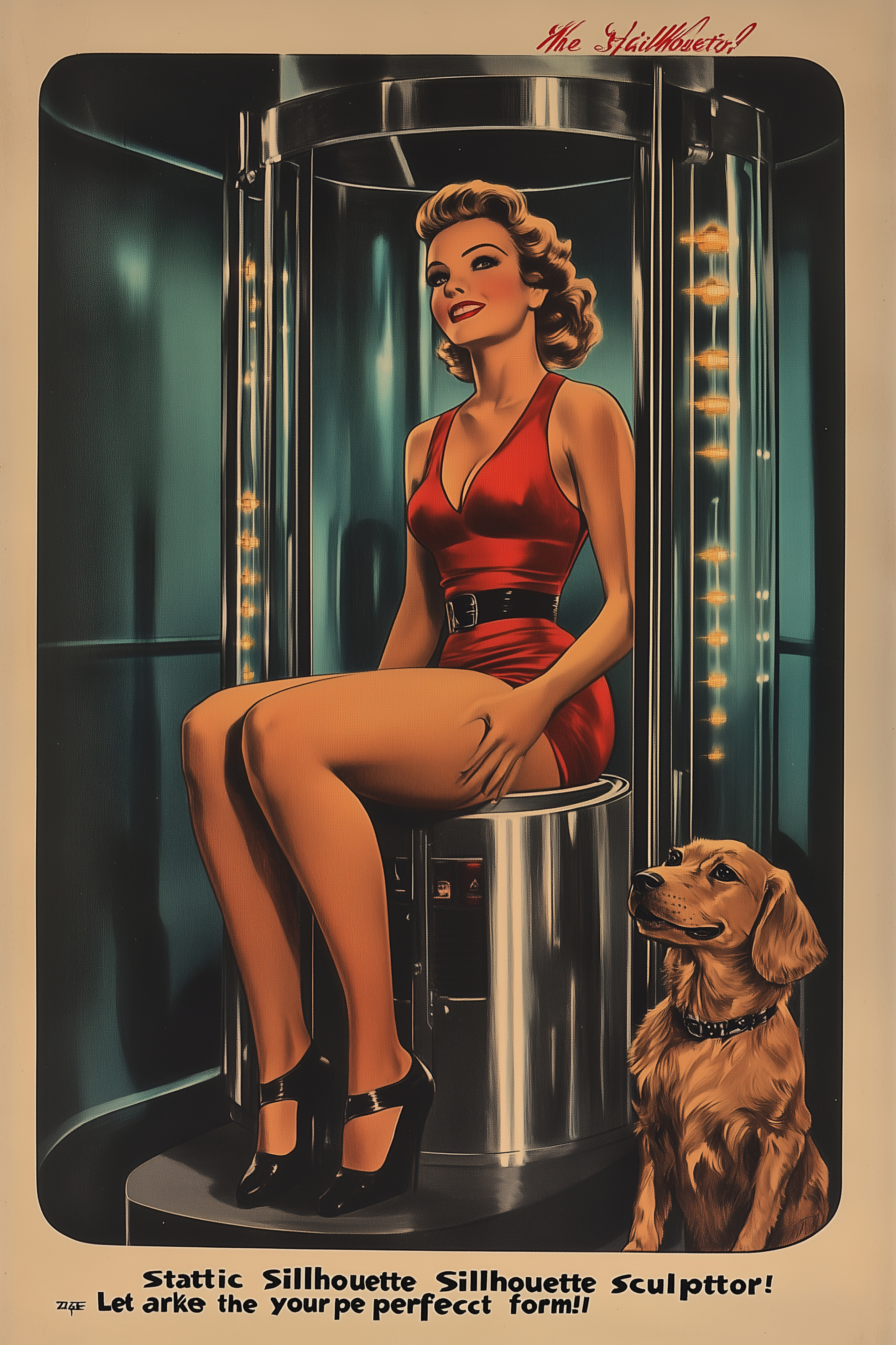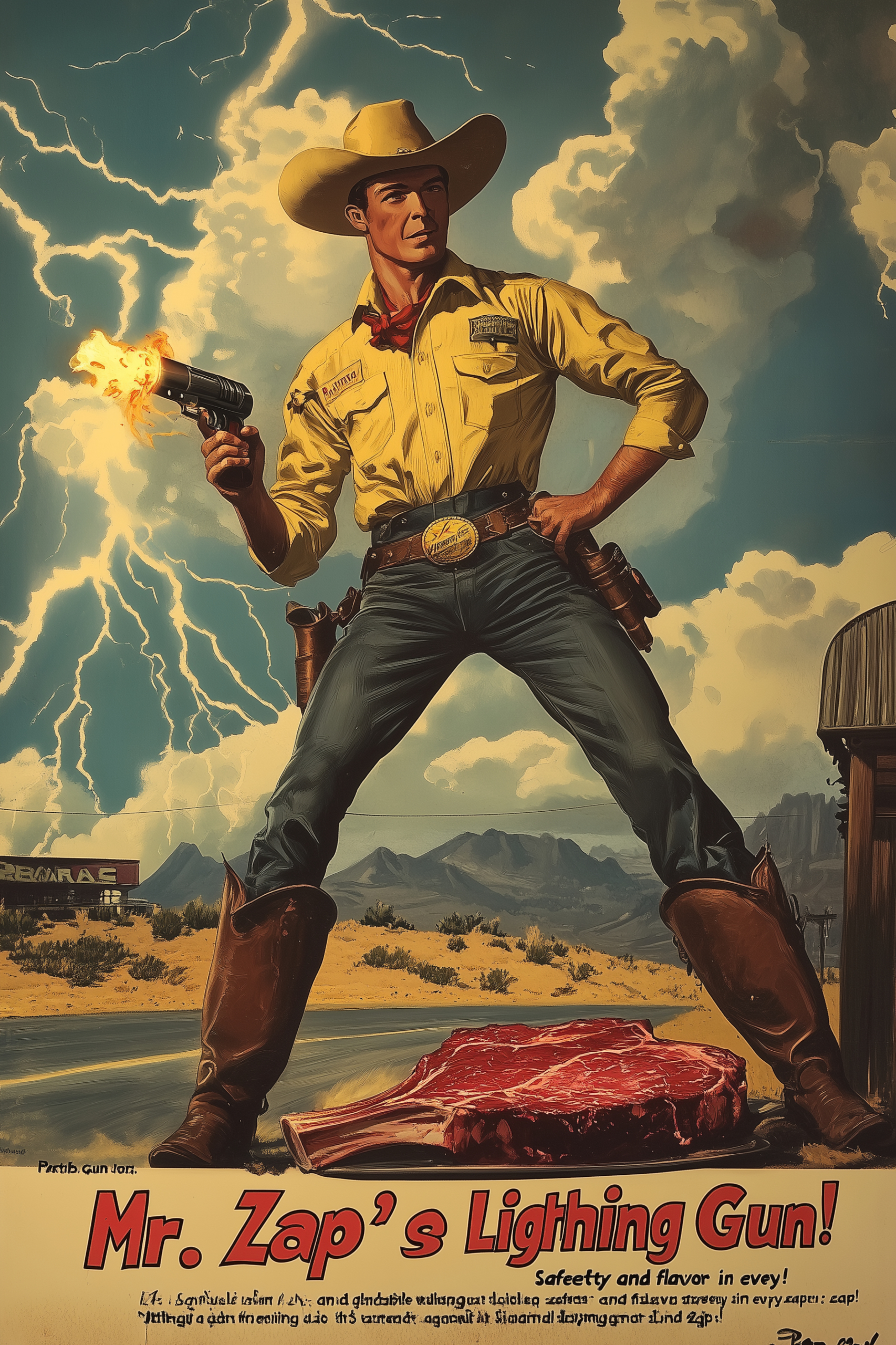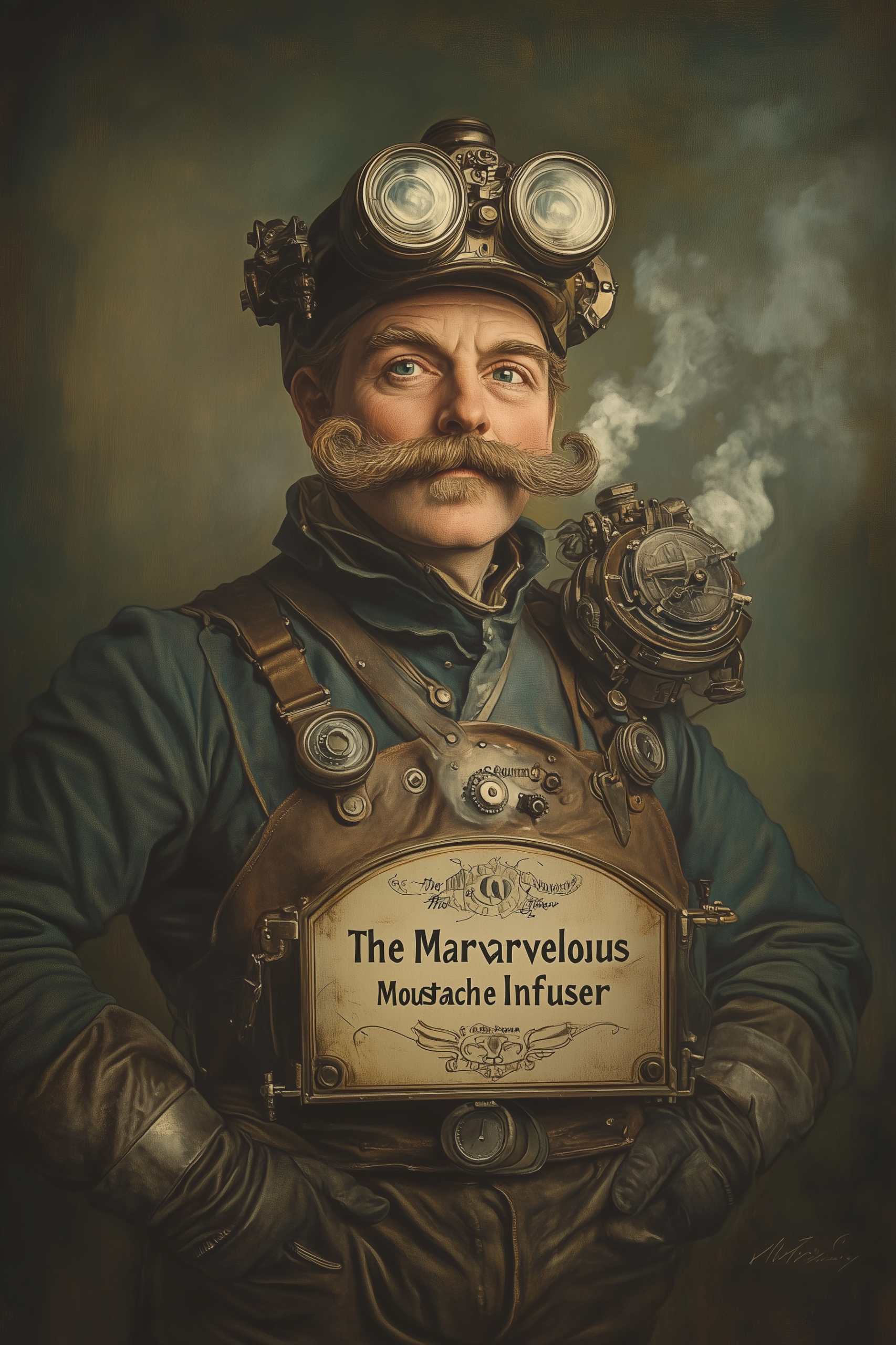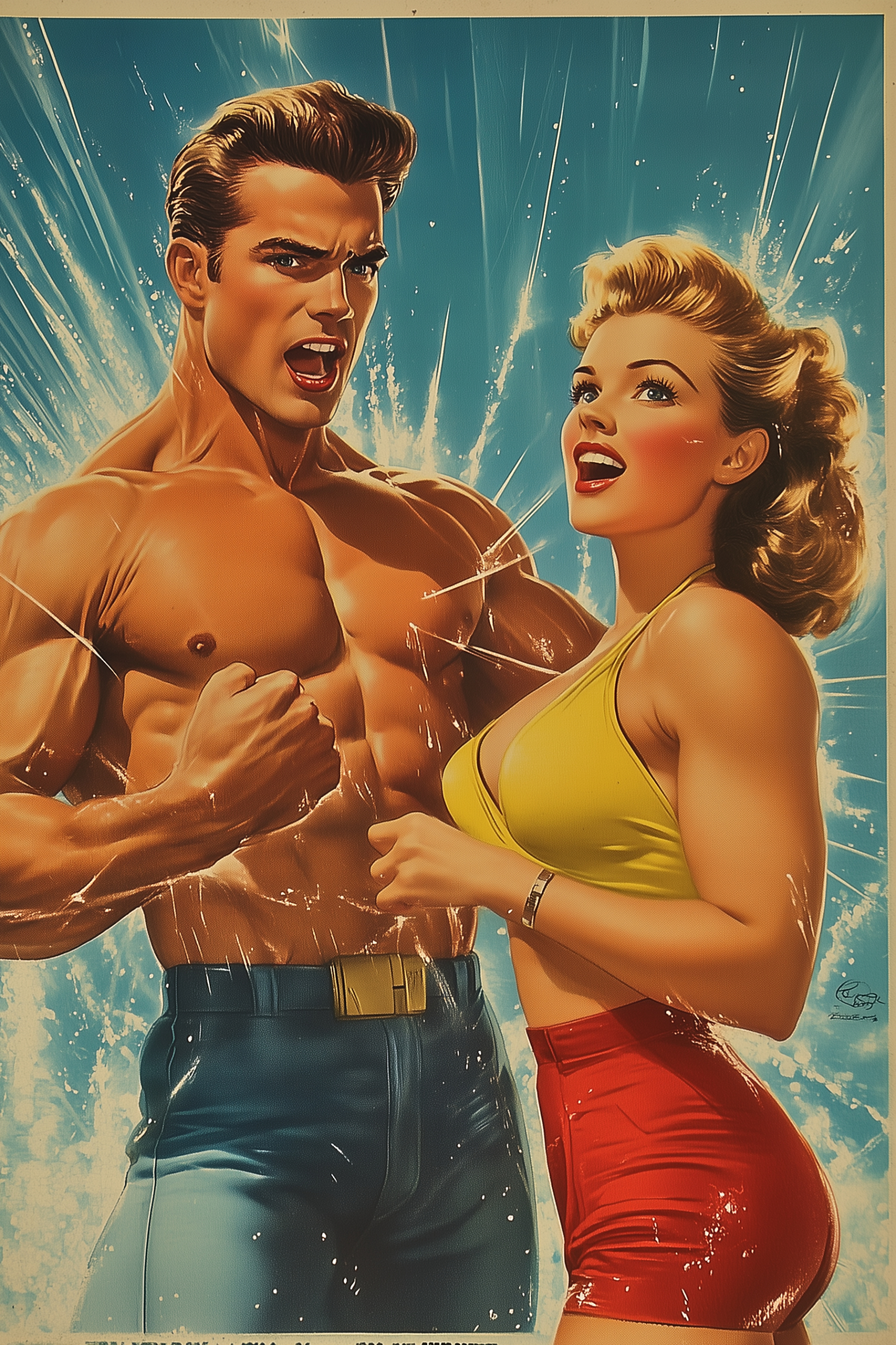
Immersive content: AI, personalization & the Metaverse
Immersive content: AI, personalization & the Metaverse

Dive into our latest podcast episode where we explore the revolutionary ways immersive technologies and AI are shaping the future of content creation. From virtual reality (VR) field trips to AI-driven personalized storytelling, this episode unpacks the trends, challenges, and transformative potential of digital content. Join us as we envision a dynamic and ethical digital future.
The New Paradigm of Content Creation
Content is no longer just about information; it’s about creating experiences. Immersive technologies like VR and AR, combined with AI, are breaking the boundaries between the physical and digital worlds. This podcast takes a deep dive into:
- Immersive Interaction: How VR and AR are revolutionizing user engagement, from interactive museum exhibits to realistic corporate training simulations.
- Personalized Learning and Storytelling: AI-powered platforms tailoring content to individual needs, driving deeper learning and more meaningful connections.
- Real-World Examples: We highlight transformative applications, like AR overlays in education and AI-curated immersive shopping experiences in the metaverse.
Ethical Considerations and Challenges
As exciting as these technologies are, they come with responsibility. This episode also addresses the crucial ethical aspects of immersive content, including data privacy, accessibility, and the psychological impacts of hyper-realistic environments.
Why You Should Listen
Whether you’re a creator, educator, or tech enthusiast, this episode provides insights into the tools and trends shaping the next generation of content. Learn how to harness AI and immersive technologies responsibly and innovatively.
Listen Now to stream the episode and join the conversation shaping the future of AI.
THE DEEP DIVE | Podcast
The transformative impact of immersive interaction on future content creation

The digital age has ushered in an era of unprecedented access to information and content. However, the way users interact with this content is undergoing a profound transformation, driven by the rise of immersive technologies. Immersive interaction, characterized by the blurring of lines between the physical and digital worlds, is poised to revolutionize content creation across various formats, including articles, eLearning, and multimedia content. This report delves deep into the transformative impact of immersive interaction, exploring how it redefines user engagement, learning experiences, and creative expression.
The evolving relationship between users and content
Traditionally, content consumption has been a largely passive activity. Users typically read articles, watch videos, or listen to audio recordings as mere recipients of information. However, immersive interaction is fundamentally changing this dynamic. By leveraging technologies like virtual reality (VR), augmented reality (AR), and mixed reality (MR), content creators can now offer experiences that actively involve users, transforming them from passive consumers to active participants.
Some researchers identify several unique VR capabilities, such as immersion in the simulated environment, multimodal interaction, concretization of imagination, embodiment, and empathy. VR increases empathy and provides grounds for the embodied presence of the users. This level of immersion creates a sense of presence and agency, allowing users to connect with the content on a deeper emotional and cognitive level. Immersive experiences also positively affect place satisfaction, user engagement, and perceived authenticity.
For instance, imagine reading an article about the Amazon rainforest. With immersive interaction, users can be transported to the heart of the jungle through a VR experience, where they can see the lush vegetation, hear the sounds of exotic animals, and even feel the humidity of the environment. This level of immersion creates a sense of presence and agency, allowing users to connect with the content on a deeper emotional and cognitive level.
In eLearning, immersive interaction can revolutionize the way students learn. Instead of simply reading about historical events or scientific concepts, students can experience them firsthand through VR simulations. They can explore ancient Rome, dissect a virtual human body, or even conduct experiments in a virtual laboratory. This hands-on approach not only enhances engagement but also promotes deeper understanding and knowledge retention.
Cognitive and pedagogical benefits
Immersive interaction offers significant cognitive and pedagogical benefits, particularly in educational settings. By creating active learning experiences, immersive technologies can enhance knowledge retention, critical thinking, and creative problem-solving.
Enhanced knowledge retention
Studies have shown that immersive learning experiences can lead to improved knowledge retention compared to traditional methods. The immersive nature of VR and AR allows students to engage with the subject matter in a more interactive and multisensory way, making the learning process more memorable and impactful. In a 2022 study on the impact of VR, VictoryXR reported students at Morehouse College who learned using VR had an average final test score of 85.
Critical thinking and problem-solving
Immersive interaction can also foster critical thinking and problem-solving skills. By presenting learners with challenges and scenarios in a virtual environment, immersive technologies encourage them to analyze situations, make decisions, and experience the consequences of their actions in a safe and controlled setting6. This type of experiential learning can be particularly valuable in fields like healthcare, engineering, and aviation, where real-world simulations can be costly or dangerous.
Personalized learning
Immersive technologies can also facilitate personalized learning experiences. AI-powered platforms can track student progress, identify areas where they need additional support, and adapt the learning content accordingly. This personalized approach ensures that each student receives the individualized attention they need to succeed.
Flow state
Immersive experiences can be designed to integrate both work and play to help participants achieve a flow state. This challenge-skill dynamic can be applied to increasing engagement and learning of students of all ages, from traditional classrooms to workplace education and talent development8.
Technological advancements driving this evolution
The evolution of immersive interaction is driven by rapid advancements in various technologies. These advancements are summarized in the table below:
Artificial Intelligence (AI)
- Description: AI encompasses a range of technologies that enable computers to perform tasks that typically require human intelligence, such as learning, problem-solving, and decision-making.
- Role in Immersive Interaction: AI plays a crucial role in creating realistic and responsive immersive experiences. AI algorithms can generate lifelike characters, environments, and scenarios, and can even adapt the content in real-time based on user interactions. AI can also personalize user experiences in VR/AR by analyzing user behavior and preferences10. AI-powered tools are also being used to automate tasks such as generating video captions and dubbing, making content creation more efficient and accessible.
Virtual Reality (VR) and Augmented Reality (AR
- Description: VR creates fully digital environments that users can interact with, while AR overlays digital information onto the real world.
- Role in Immersive Interaction: VR and AR technologies provide the foundation for creating immersive experiences. VR headsets transport users to fully digital environments, while AR overlays digital information onto the real world. Advancements in VR and AR hardware, such as lighter headsets with higher resolutions and wider fields of view, are making immersive experiences more accessible and comfortable.
5G connectivity
- Description: 5G Connectivity 5G is the next generation of wireless technology, offering significantly faster speeds and lower latency than previous generations. The rollout of 5G networks is crucial for enabling seamless and high-quality immersive experiences. 5G’s low latency and high bandwidth allow for the streaming of complex VR and AR content without lag or buffering, enhancing the overall user experience.
- Role in Immersive Interaction: The rollout of 5G networks is crucial for enabling seamless and high-quality immersive experiences. 5G’s low latency and high bandwidth allow for the streaming of complex VR and AR content without lag or buffering, enhancing the overall user experience.
Motion capture technology
- Description: Motion capture technology tracks real-world movements and translates them into virtual environments.
- Role in Immersive Interaction: Motion capture technology is used to track real-world movements and translate them into virtual environments. This technology is essential for creating realistic and interactive avatars and characters in immersive experiences.
In addition to these technological advancements, the immersive technology market is experiencing significant growth. The U.S. immersive technology market size was estimated at USD 11.2 billion in 2023 and is expected to grow at a CAGR of 23.9% from 2024 to 203015. This growth is driven by the increasing demand for immersive games and entertainment content, as well as the growing adoption of immersive technologies in various industries.

Real-world examples and case studies
Immersive interaction is already being applied in various fields, including education, entertainment, professional training, and marketing and advertising. Here are some notable examples:
Education
- Virtual Field Trips: VR allows students to take virtual field trips to museums, historical sites, and even outer space, providing immersive learning experiences that would otherwise be impossible.
- Interactive Simulations: AR applications can overlay interactive elements onto real-world objects, allowing students to explore complex concepts in a more engaging way. For example, students can use AR to dissect a virtual frog or explore the inner workings of a human heart.
- Personalized Learning Platforms: AI-powered learning platforms can personalize the learning experience for each student, providing customized content and support based on their individual needs and progress.
Entertainment
- Immersive Theme Park Attractions: Theme parks are increasingly incorporating VR and AR technologies to create immersive rides and experiences that blur the lines between fantasy and reality.
- Interactive Museums and Exhibitions: Museums are using AR to enhance exhibits and provide visitors with interactive experiences. For example, visitors can use AR apps to view 3D models of artifacts, learn more about historical events, or even interact with virtual tour guides.
- Location-Based Entertainment: Location-based entertainment venues, such as Netflix’s Stranger Things: The Experience, allow fans to step into their favorite fictional worlds and interact with the environment and characters.
- Immersive Gaming: VR gaming is transforming the gaming industry, offering players unprecedented levels of immersion and interactivity.
Professional training
- Virtual Reality Simulations: VR simulations are used to train employees in various industries, including healthcare, manufacturing, and aviation. For example, surgeons can use VR to practice complex procedures, while pilots can train in realistic flight simulators.
- Augmented Reality Overlays: AR overlays can provide real-time information and guidance to workers in the field. For example, technicians can use AR glasses to access repair manuals or receive step-by-step instructions while working on equipment.
- Immersive Onboarding Programs: Companies are using VR to create immersive onboarding experiences for new employees, providing them with virtual tours of the workplace and interactive training modules.
Marketing and advertising
- Virtual Product Demonstrations and Events: VR can be used to create virtual environments where customers can try out products, get a feel for what it would be like to use them, and ask questions in real-time. This is particularly useful for product demonstrations, events, and trade shows.
- Nielsen’s Study on Immersive Content: Nielsen has conducted research on the impact of immersive content in advertising, indicating that companies are exploring and utilizing immersive technology for marketing purposes.
Ethical considerations and potential challenges
While immersive interaction offers tremendous potential, it also raises ethical considerations and potential challenges that need to be addressed:
Accessibility
Ensuring accessibility for all users is crucial. Developers need to consider the needs of people with disabilities and design immersive experiences that are inclusive and adaptable. This includes providing alternative input methods, customizable settings, and support for assistive technologies.
Data privacy
Immersive technologies often collect large amounts of user data, raising concerns about privacy and security. Developers need to be transparent about data collection practices, obtain informed consent from users, and implement robust security measures to protect user information. In the context of responsible use of immersive technology, ethical issues encompass various personal factors (e.g., potential threats) and classification issues (e.g., physical, psychological, moral).
Psychological impact
The immersive nature of VR and AR can have a profound psychological impact on users. Developers need to be mindful of potential risks, such as motion sickness, disorientation, and emotional distress, and design experiences that minimize these risks25. Ethical dilemmas arise from psychological effects associated with immersion in virtual environments24. VR developers sometimes utilize cognitive biases to enhance the realism of virtual experiences, which raises ethical implications of manipulating user perception.
Responsible content creation
The ability to create highly realistic and immersive experiences raises concerns about the potential for manipulation and misinformation. Content creators need to be responsible and ethical in their use of immersive technologies, ensuring that the content is accurate, unbiased, and does not promote harmful stereotypes or behaviors.
Synthesis
Immersive interaction is poised to reshape the landscape of content creation across various domains. The synthesis of research findings reveals several key trends and implications:
- Shift from passive consumption to active participation: Immersive technologies are breaking down the traditional barriers between users and content, fostering active engagement and deeper levels of immersion.
- Enhanced learning and knowledge retention: In educational settings, immersive interaction offers significant cognitive and pedagogical benefits, leading to improved knowledge retention, critical thinking, and problem-solving skills.
- Transformative entertainment experiences: The entertainment industry is leveraging immersive technologies to create captivating and interactive experiences that blur the lines between reality and fantasy.
- Revolutionizing professional training: Immersive simulations and training programs are enhancing employee learning and skill development across various industries.
- Ethical considerations and responsible innovation: As immersive technologies become more prevalent, it is crucial to address ethical concerns related to accessibility, data privacy, psychological impact, and responsible content creation.
These findings suggest that immersive interaction will play an increasingly important role in the future of content creation. Professionals in the field should embrace these technologies and explore their potential to create engaging, informative, and transformative experiences for users.

Roadmap to immersive & personalized experiences
Digital content is no longer a one-way street1. The future of content lies in creating dynamic, personalized experiences that respond to user interaction and preferences. This article explores a phased approach to this evolution, starting with enhancing existing content formats and gradually integrating immersive technologies like VR/AR/MX.
Phase 1: Content with a pulse (today’s reality)
Philosophical foundations
The shift from static to dynamic content requires a fundamental change in how we perceive and interact with digital information. Content must be designed to adapt to individual needs and preferences, creating a personalized experience for each user. This involves moving beyond passive consumption and encouraging active participation. It’s worth noting that a significant majority of consumers, 80%, are more likely to engage with a company that offers personalized experiences2. This highlights the growing importance of personalization in capturing and retaining user attention.
Content strategy
To achieve this adaptability, content needs to be structured in a way that allows for real-time modifications based on user input. This could involve:
- Modular content: Breaking down content into smaller, reusable components that can be assembled and presented in various ways depending on user interactions.
- Data-driven content: Utilizing user data to personalize content delivery and tailor information to individual preferences.
- Interactive elements: Incorporating interactive elements like quizzes, polls, and simulations to encourage active participation and engagement.
- Dynamic content: Replacing elements like hero banners, calls to action, and promotional modules with variations tailored to individual users.
- Recommendations: Displaying content or products based on user attributes, interactions, and behavioral trends.
- Overlays and pop-ups: Highlighting specific offers or messages using prominent pop-ups triggered by user behavior.
- Notifications and widgets: Serving subtle notifications or interactive widgets that provide personalized information or guidance.
AI’s role
Artificial intelligence (AI) plays a crucial role in personalizing content delivery and user experiences. AI algorithms can analyze user data, predict preferences, and deliver content that is most relevant to each individual. This can involve:
- Content recommendation: Suggesting articles, videos, or products based on user interests and browsing history.
- Personalized learning paths: Adapting learning materials and exercises based on individual learning styles and progress.
- Dynamic content optimization: Adjusting website layouts, headlines, and calls to action in real-time to maximize user engagement.
Furthermore, AI can anticipate customer needs and preferences to deliver the right future messaging, a feature that’s generally beyond the scope of traditional methods5. For these personalization efforts to be successful, it’s essential to have clean, well-organized data on user behavior, preferences, demographics, and interactions.
Examples and trends
Several examples of interactive content already exist, showcasing the potential of this approach:
- Personalized learning platforms: Platforms like Khan Academy and Coursera use AI to tailor learning paths and provide personalized feedback to students7. These platforms often incorporate AI-powered features like adaptive learning paths, which adjust the difficulty and pace of learning based on student performance, and intelligent tutoring systems, which provide personalized guidance and feedback.
- Interactive narratives: Interactive narratives provide a more engaging and immersive storytelling experience by allowing users to actively participate in shaping the story. Unlike traditional linear narratives, interactive stories offer choices and branching paths that respond to user decisions, creating a unique and personalized experience.
- Dynamic websites: Websites like Amazon and Netflix use AI to personalize product recommendations and content suggestions based on user behavior.
- Dynamic email marketing: Dynamic content can significantly enhance email marketing by tailoring messages to individual recipients. This can include personalized subject lines, product recommendations based on past purchases, targeted promotions, and even dynamic content blocks that change based on user preferences.
Challenges and opportunities
Creating dynamic and personalized content presents several challenges:
- Data privacy: Ensuring responsible and ethical use of user data is crucial to maintain trust and avoid privacy violations.
- Scalability: Delivering personalized experiences to a large audience requires robust infrastructure and efficient AI algorithms.
- Content creation: Developing adaptable and interactive content requires new skills and tools.
- Omnichannel personalization: Maintaining consistent personalized experiences across different channels and touchpoints, such as websites, mobile apps, email, and social media, can be challenging due to the need for data synchronization and integrated technology platforms.
However, the potential benefits are significant:
- Increased user engagement: Personalized content is more likely to capture and retain user attention.
- Improved knowledge acquisition: Tailored learning experiences can enhance comprehension and retention.
- Enhanced brand loyalty: Personalized experiences can foster a sense of value and appreciation, leading to increased customer loyalty and advocacy.
Phase 2: Bridging the gap (transition to immersive)
Content evolution
As immersive technologies like VR/AR/MX become more prevalent, content formats will need to evolve to seamlessly transition between traditional interfaces and immersive environments. This could involve:
- Adaptive content: Content that can be rendered in different formats depending on the user’s device and environment.
- Spatial content: Content designed to be experienced in three-dimensional spaces, utilizing spatial audio and interactive elements.
- Interactive narratives: Stories that unfold in immersive environments, allowing users to explore and interact with the narrative.
This evolution might involve incorporating elements like 360-degree videos, which provide a panoramic view of a scene and can be experienced on various devices, from smartphones to VR headsets. Another example is the use of interactive elements that transition seamlessly between 2D and 3D environments, allowing users to move between traditional interfaces and immersive experiences without interruption.
UI/UX design
Creating intuitive and engaging user interfaces for immersive environments is crucial. This involves:
- Natural interactions: Utilizing gestures, voice commands, and eye tracking to create seamless and intuitive interactions. For example, users could use hand gestures to manipulate objects in a virtual environment or employ voice commands to navigate through a 3D space.
- Spatial awareness: Designing interfaces that are aware of the user’s position and movement within the virtual environment. This could involve providing visual cues or haptic feedback to help users orient themselves and interact with their surroundings.
- Comfort and accessibility: Ensuring that immersive experiences are comfortable and accessible to a wide range of users. This includes considering factors like motion sickness, visual fatigue, and cognitive load to create experiences that are enjoyable and inclusive.
Personalization in immersive contexts
AI and user data can be leveraged to personalize experiences within VR/AR/MX environments. This could involve:
- Personalized avatars: Allowing users to create and customize their virtual representations.
- Adaptive environments: Adjusting the virtual environment based on user preferences and behavior.
- Interactive storytelling: Creating dynamic narratives that respond to user choices and actions.
Phase 3: Content in the Metaverse (future vision)
Content creation for immersive realities
Creating content specifically for VR/AR/MX experiences requires new tools and techniques. This could involve:
- 3D modeling and animation: Creating realistic and interactive 3D models and environments.
- Volumetric capture: Capturing real-world objects and environments in 3D to create immersive experiences.
- Spatial audio design: Creating immersive soundscapes that enhance the sense of presence in virtual environments.
The role of AI in immersive content creation
AI can play a significant role in generating, curating, and personalizing content in the metaverse. This could involve:
- AI-generated content: Using AI to create realistic and dynamic 3D models, environments, and characters. This can significantly reduce the time and effort required to create complex virtual worlds, allowing developers to focus on crafting engaging experiences.
- Content curation: Utilizing AI to filter and recommend relevant content based on user preferences and interests. This can help users navigate the vast amount of content available in the metaverse and discover experiences that are most relevant to them.
- Personalized experiences: Tailoring immersive experiences to individual users based on their data and behavior. This could involve adjusting the difficulty of a game, providing personalized recommendations within a virtual store, or even adapting the narrative of an interactive story based on user choices.
Ethical considerations
The use of AI and immersive technologies raises several ethical concerns:
- Accessibility: Ensuring that immersive experiences are accessible to users with disabilities. This includes considering a wide range of accessibility needs, such as visual, auditory, and cognitive impairments, and providing alternative input methods and adaptive features.
- Data privacy: Protecting user data and preventing misuse of personal information. This is particularly important in immersive environments, which often collect sensitive biometric data and track user behavior in detail.
- Responsible use: Promoting responsible use of immersive technologies and mitigating potential negative impacts. This includes addressing concerns about addiction, social isolation, and the blurring of lines between virtual and real worlds.

Conclusion
Immersive interaction represents a paradigm shift in content creation, offering exciting possibilities for enhancing user engagement, transforming learning experiences, and unlocking new forms of creative expression. As immersive technologies continue to evolve, we can expect to see even more innovative applications across various fields. However, it is crucial to address the ethical considerations and potential challenges associated with immersive interaction to ensure that these technologies are used responsibly and benefit society as a whole.
The future of digital content is dynamic, personalized, and immersive. By embracing a phased approach, we can enhance existing content formats, like emails and websites, and gradually integrate immersive technologies to create engaging and transformative experiences. This journey begins with recognizing the need for dynamic content that adapts to individual users and progresses towards creating seamless transitions between traditional interfaces and immersive environments. Ultimately, this evolution culminates in the metaverse, where AI-powered content generation and personalization will shape the digital landscape.
AI will play a crucial role in this evolution, enabling personalized content delivery and shaping the metaverse. However, it is essential to address ethical considerations and ensure responsible use of these powerful technologies. This roadmap provides a glimpse into the exciting possibilities that lie ahead. As we continue to explore the potential of dynamic content and immersive technologies, we can create digital experiences that are more engaging, personalized, and transformative than ever before.
Works cited
- Immersive Technologies: Redefining the Digital Landscape – Boston Engineering, accessed on December 28, 2024, https://blog.boston-engineering.com/immersive-technologies-redefining-the-digital-landscape
- Immersive technologies as an innovative tool to increase … – Frontiers, accessed on December 28, 2024, https://www.frontiersin.org/journals/education/articles/10.3389/feduc.2023.1192760/full
- The effect of immersive experience, user engagement and perceived authenticity on place satisfaction in the context of augmented reality | Emerald Insight, accessed on December 28, 2024, https://www.emerald.com/insight/content/doi/10.1108/lht-10-2022-0498/full/html
- Immersive virtual environments as a tool to improve confidence and …, accessed on December 28, 2024, https://www.tandfonline.com/doi/full/10.1080/02615479.2024.2334801
- Immersive Learning – The Future Of Education Tech – Center Forward, accessed on December 28, 2024, https://center-forward.org/basic/immersive-learning-tech/
- An In-Depth Guide To Immersive Learning for Education and Corporate Training – Magic EdTech, accessed on December 28, 2024, https://www.magicedtech.com/blogs/an-in-depth-guide-to-immersive-learning-for-education-and-corporate-training/
- The Role of Immersive Experiences in Enhancing Employee Training and Development, accessed on December 28, 2024, https://successive.tech/blog/the-role-of-immersive-experiences-in-enhancing-employee-training-and-development/
- (PDF) THE POWER OF IMMERSIVE EXPERIENCES TO INCREASE PARTICIPANT ENGAGEMENT – ResearchGate, accessed on December 28, 2024, https://www.researchgate.net/publication/354930599_THE_POWER_OF_IMMERSIVE_EXPERIENCES_TO_INCREASE_PARTICIPANT_ENGAGEMENT
- AI in Content Creation: A New Frontier — break your limits | by Tom | Medium, accessed on December 28, 2024, https://medium.com/@tomskiecke/ai-in-content-creation-a-new-frontier-break-your-limits-316d401418cf
- The role of AI in content creation for virtual and augmented reality – AIContentfy, accessed on December 28, 2024, https://aicontentfy.com/en/blog/role-of-ai-in-content-creation-for-virtual-and-augmented-reality
- 7 AI in Content Creation Trends to Know in 2024 – Rareconnections.io, accessed on December 28, 2024, https://rareconnections.io/ai-content-creation/
- An Introduction to Immersive Technologies – Vista Equity Partners, accessed on December 28, 2024, https://www.vistaequitypartners.com/insights/an-introduction-to-immersive-technologies/
- Top VR/AR Innovations Transforming Everyday Life (2024-2025) – Dirox, accessed on December 28, 2024, https://dirox.com/post/top-vr-ar-innovations-transforming-everyday-life-2024-2025
- Immersive Experiences: The Future of Entertainment – VIVERSE Blog, accessed on December 28, 2024, https://www.news.viverse.com/post/immersive-experiences-the-next-frontier-in-entertainment-and-beyond
- U.S. Immersive Technology Market | Industry Report, 2030 – Grand View Research, accessed on December 28, 2024, https://www.grandviewresearch.com/industry-analysis/us-immersive-technology-market-report
- Making the Unbelievable a Reality: How Immersive Learning is …, accessed on December 28, 2024, https://www.fetc.org/road-to-fetc-enhancing-the-student-experience/making-unbelievable-reality-immersive-learning-reigniting-education
- Top Immersive Experience Examples to Inspire You – Peek Pro, accessed on December 28, 2024, https://www.peekpro.com/blog/immersive-experience-examples
- Immersive Experiences: 7 Inspiring Examples for 2024 – Bridgewater Studio, accessed on December 28, 2024, https://www.bridgewaterstudio.net/blog/immersive-experiences-examples
- Immersive Training: What Is It and Why Does It Work? – Treedis, accessed on December 28, 2024, https://www.treedis.com/post/immersive-training
- The Future of Content Marketing with Emerging Technologies – AIContentfy, accessed on December 28, 2024, https://aicontentfy.com/en/blog/future-of-content-marketing-with-emerging-technologies
- Case Study: Exploring Immersive Technologies – Nielsen, accessed on December 28, 2024, https://www.nielsen.com/insights/2016/case-study-exploring-immersive-technologies/
- Risks and Challenges for Inclusive and Equitable Immersive Experiences | ITIF, accessed on December 28, 2024, https://itif.org/publications/2021/06/01/risks-and-challenges-inclusive-and-equitable-immersive-experiences/
- Ethical Considerations When Designing and Implementing Immersive Realities in Nursing Education – PMC, accessed on December 28, 2024, https://pmc.ncbi.nlm.nih.gov/articles/PMC11316842/
- Ethical approach to the use of immersive technologies … – Frontiers, accessed on December 28, 2024, https://www.frontiersin.org/journals/virtual-reality/articles/10.3389/frvir.2024.1357595/full
- Challenges and opportunities of immersive technologies and the metaverse in service delivery – SERVSIG, accessed on December 28, 2024, https://www.servsig.org/wordpress/2024/04/challenges-and-opportunities-of-immersive-technologies-and-the-metaverse-in-service-delivery/
- Virtual Reality: The challenges of immersive training – Blog MIMBUS, accessed on December 28, 2024, https://blog.mimbus.com/en/the-challenges-of-immersive-training
- Ethical Considerations in Immersive Tech – Scenegraph Studios, accessed on December 28, 2024, https://scenegraphstudios.com/immersive/ethical-considerations-in-immersive-tech/
- Dynamic Content Personalization: Tips And Best Practices | AWA Digital, accessed on December 29, 2024, https://www.awa-digital.com/blog/dynamic-content-personalization-tips-and-best-practices/
- Leveraging Dynamic Content for Personalized User Experiences – Pyxl, accessed on December 29, 2024, https://pyxl.com/blog/dynamic-content-personalized-user-experiences/
- Dynamic Content: Definition, Examples & Implementation Tips – Semrush, accessed on December 29, 2024, https://www.semrush.com/blog/dynamic-content/
- Website personalization strategy & best practices, with examples – Dynamic Yield, accessed on December 29, 2024, https://www.dynamicyield.com/lesson/web-personalization/
- How AI-powered personalization is transforming the user and customer experience – Algolia, accessed on December 29, 2024, https://www.algolia.com/blog/ai/how-ai-powered-personalization-is-transforming-the-user-and-customer-experience
- Dynamic Content Marketing: It’s The Personal Touch That Counts – FATJOE., accessed on December 29, 2024, https://fatjoe.com/blog/dynamic-content-marketing/
- Best Personalized Learning Platforms in 2024 | Coursebox AI, accessed on December 29, 2024, https://www.coursebox.ai/blog/best-personalized-learning-platforms
- Personalized learning in education: AI tools for edtech – Geniusee, accessed on December 29, 2024, https://geniusee.com/single-blog/growing-trend-of-personalized-learning-education-technology
- What is Interactive Storytelling and How to Improve Your Storytelling – uStory, accessed on December 29, 2024, https://ustory.app/en/ustorier/what-is-interactive-storytelling-and-how-to-improve-your-storytelling
- Everything You Need to Know About Dynamic Content Personalization – Mediatool, accessed on December 29, 2024, https://mediatool.com/blog/dynamic-content-personalization
- 9 Common Personalization Challenges (And How to Overcome Them) – Ninetailed, accessed on December 29, 2024, https://ninetailed.io/blog/common-personalization-challenges/
- Evolution of social media part I: From text to immersive experiences – Infegy, accessed on December 29, 2024, https://www.infegy.com/blog/the-evolution-of-social-media-part-1
- Immersive Content Formats for Future Audiences, accessed on December 29, 2024, https://iuk.immersivetechnetwork.org/wp-content/uploads/2018/07/Immersive_Content_Formats_for_Future_Audiences.pdf
- Integrating AR/VR with AI: Enhancing Interactivity and User Experience – HQSoftware, accessed on December 29, 2024, https://hqsoftwarelab.com/blog/ai-and-ar-vr/
- The Reality Of Virtual Reality: The Ethical Considerations Of VR And AR Technologies [In-Depth Analysis] – Penfriend.ai, accessed on December 29, 2024, https://penfriend.ai/blog/ethical-considerations-of-vr-and-ar-technologies
-




